In my travels around Central and Eastern Europe the past three decades, first as a journalist and later as a travel writer, I’ve stayed at a lot of hotels in the region.
Since the fall of Communism in 1989, the number of lodging options has exploded. Big hotels, small hotels, pensions, B&Bs, Airbnbs, hostels – basically anything you’d find anywhere else, you’ll find here. And the standards have risen dramatically.
But I still have a soft spot in my heart for those big, purpose-built Communist-era high-rise hotels.
It may not be obvious now, but if you happened to be traveling through any city of any size in Central and Eastern Europe before 1989 and looking for some action – and by this I mean a meal, some drinks, and maybe a bar or club – chances are the only place in town you’d find it would be at the city’s central, state-run hotel.
You could always tell these places by their very consciously Socialist names, such as “Mir” (Peace) or “Družba” (Friendship) -- or grand city names like “Moskva” or “Riga.” They not only had the best rooms in town, they often had the finest (or at least most expensive) restaurants and bars. Many also had risqué nightclubs, usually referred to as “gentlemen’s clubs,” with names like the “Black Cat,” though these were usually as uninviting as their Western counterparts.
Back then, the hotels were often operated by a state-controlled hotel chain with an outwardly tourist-friendly name hiding what was, in fact, a cheerless arm of the country’s Interior Ministry or Communist Party. Russia’s state-run "Intourist" travel agency was the model, but all of the smaller countries had their own versions: "Čedok" (in Czechoslovakia), "Orbis" (Poland), and so on.
It’s not immediately obvious why the party and state-security apparatus would take such a keen interest in running hotels until you consider the fact that these places were tremendous moneymakers for the regimes. They could charge for the rooms and meals in hard currencies (mainly, at the time, U.S. dollars or German marks) and had a captive clientele of relatively well-off foreigners to whom they could market their off-the-books services like prostitution and money-changing. There was simply too much cash floating around to pass up.
This nexus of party bosses, state-security types, local hustlers, and Western businessmen usually lent the hotels a sleazy vibe. In that earlier post on the comings and goings at Prague’s Intercontinental Hotel in the 1980s, I describe the hotel's lobby as a funk of stale Marlboros and knock-off perfume. The place was filled with grubby-looking money-changers and attractive female “law students” relaxing over a drink at the bar. It was depressing but -- admittedly – pretty absorbing theater.
In the aftermath of the anti-Communist revolutions in Central & Eastern Europe in 1989, these hotels have tended to fare poorly. The state-run chains have mainly been broken up and sold off to private (often foreign) investors. Some of the bigger, better-placed properties are thriving, but many of these admittedly ugly high-rises are struggling to compete with a new generation of smaller hotels, boutiques, and private offerings marketed through sites like Airbnb.
This post is a collection of photos of some of my favorite Central and Eastern European hotels as they’ve appeared in the past 10 years or so that I've been writing guidebooks. I’ve included a bit of location and other info in the captions. (Scroll past the map to find more photos.)
I hope you enjoy these as much as I do.
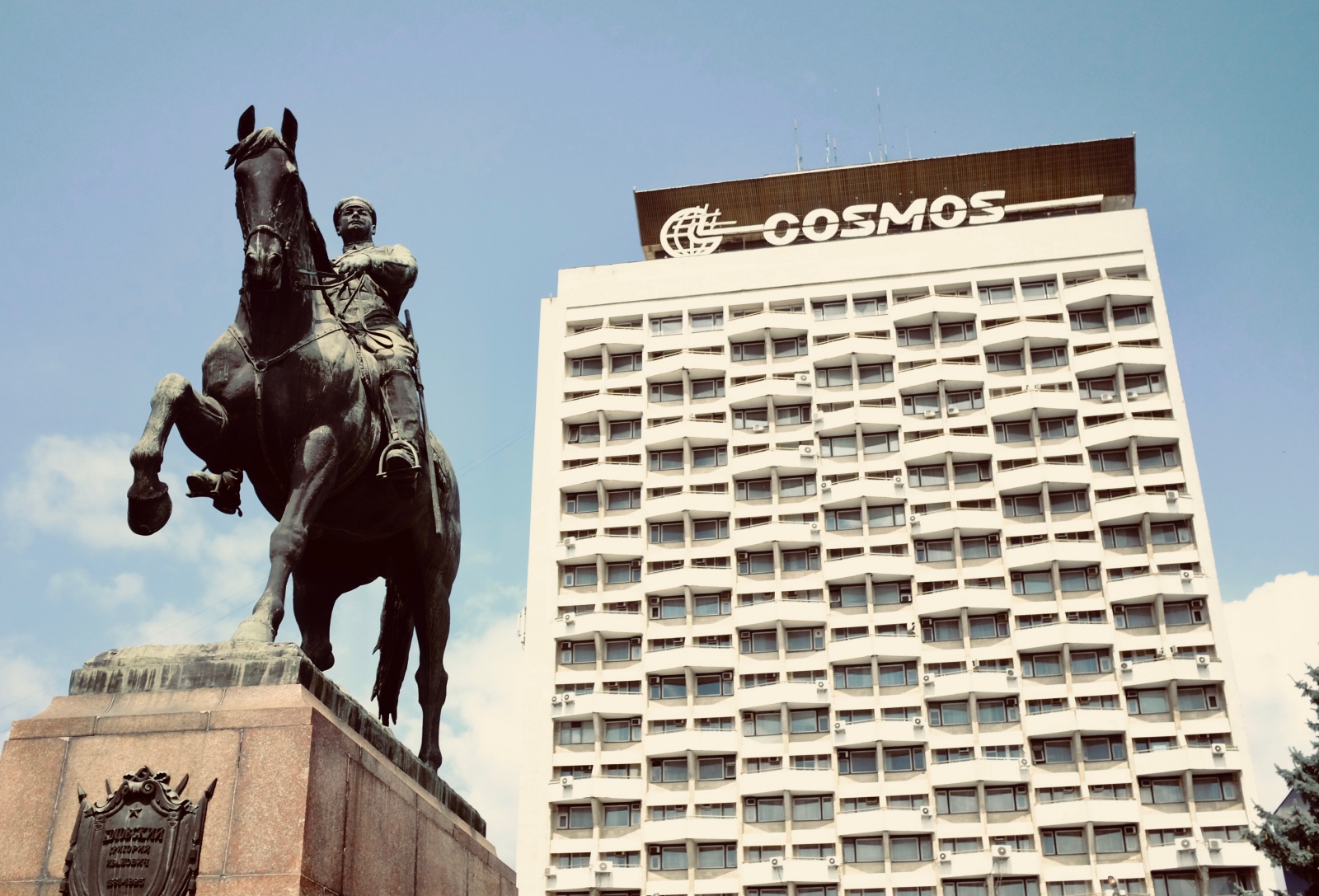
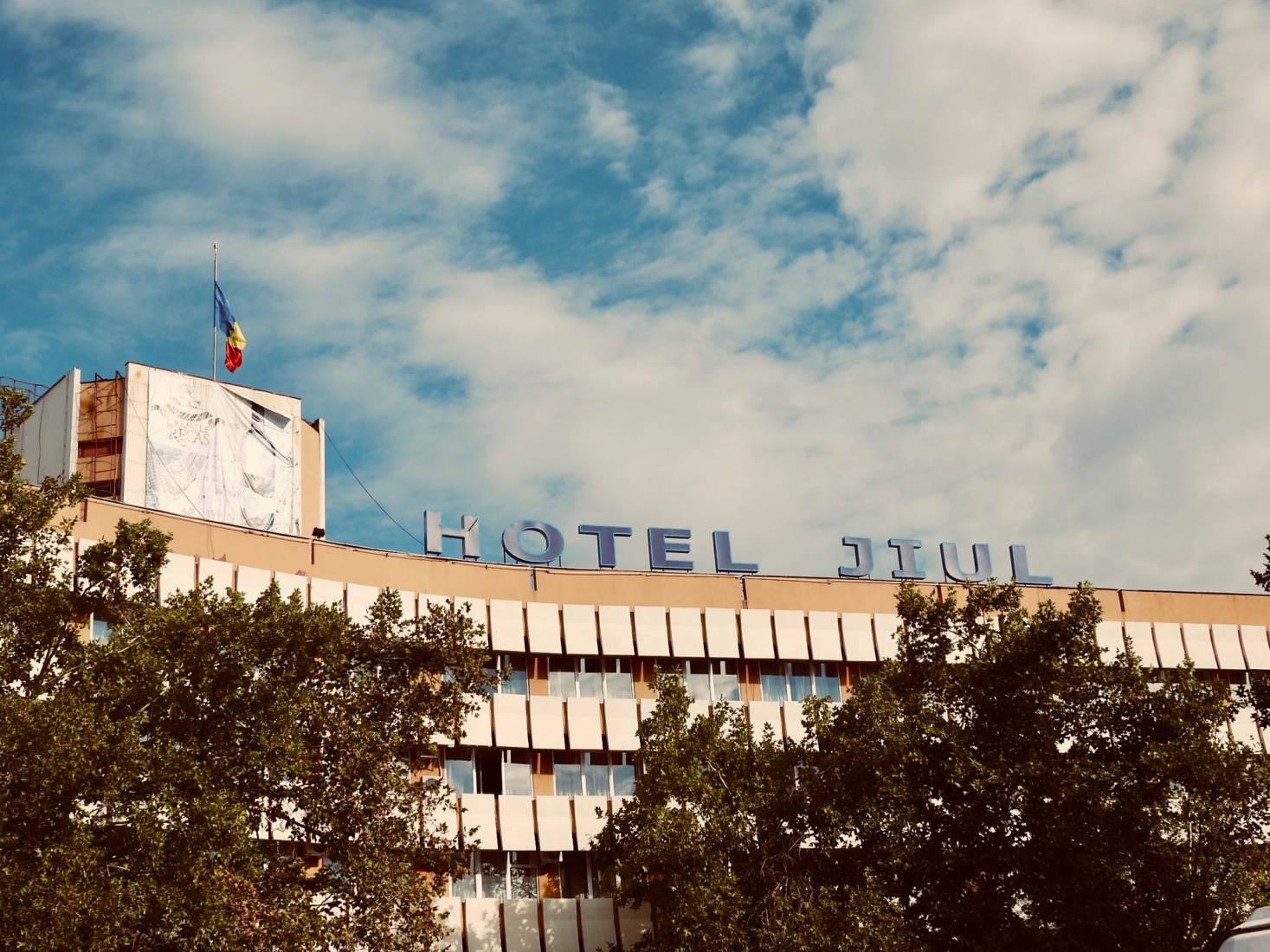
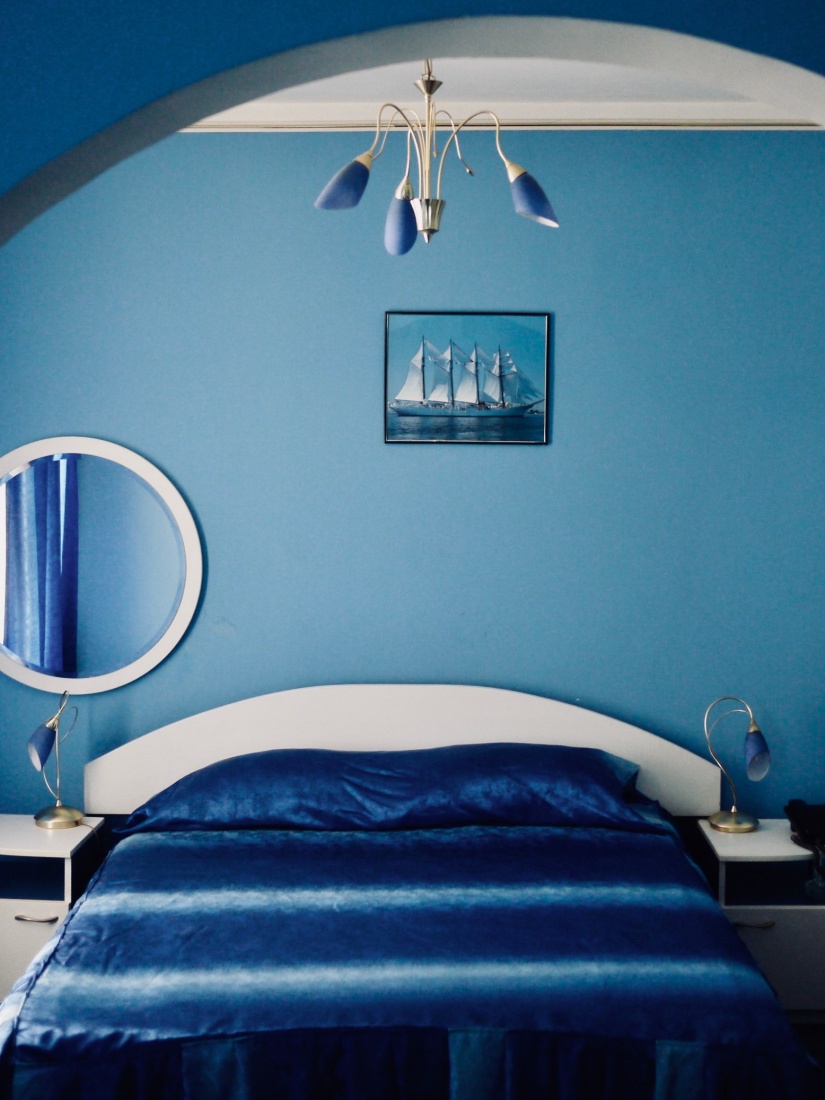
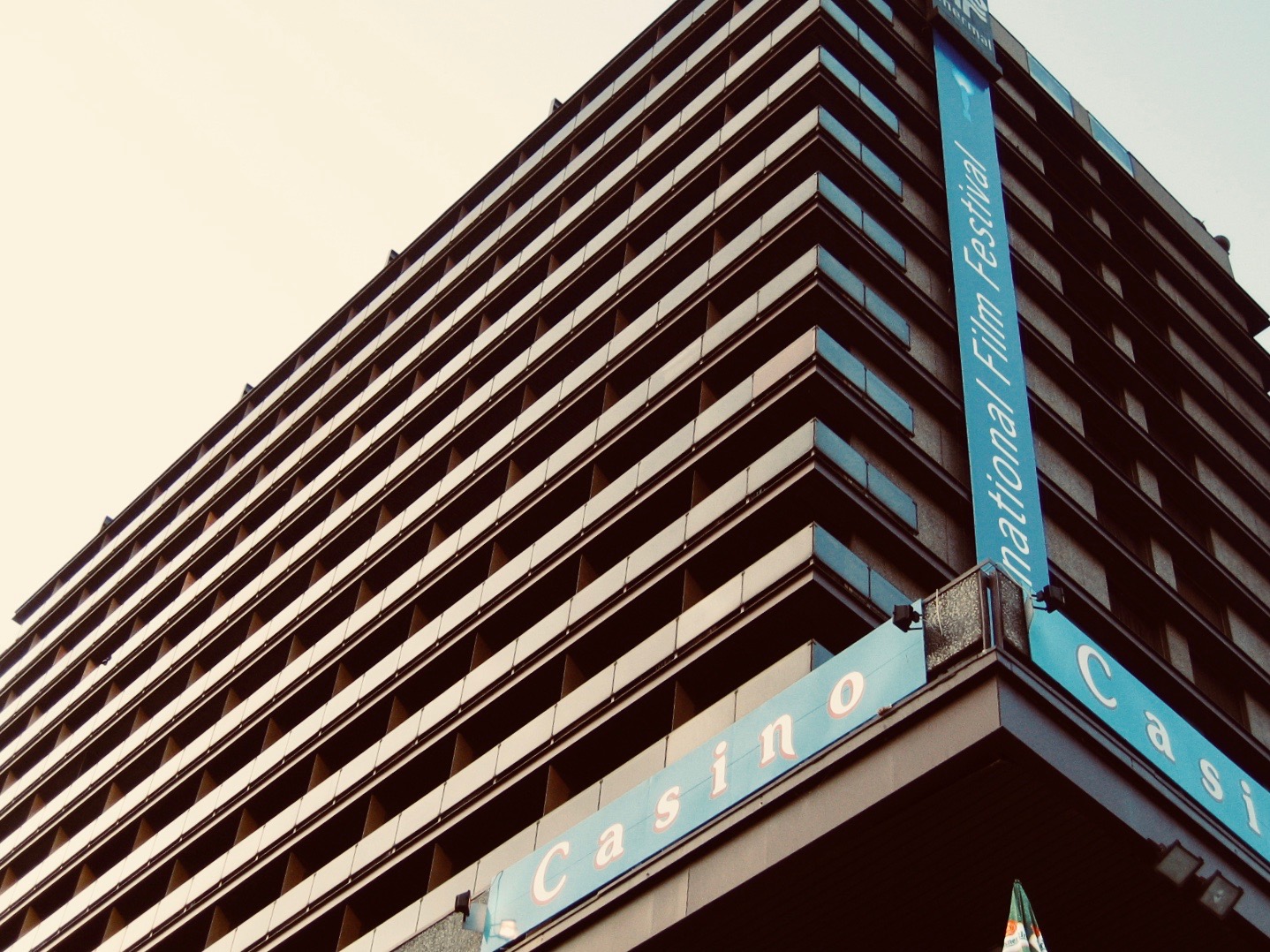
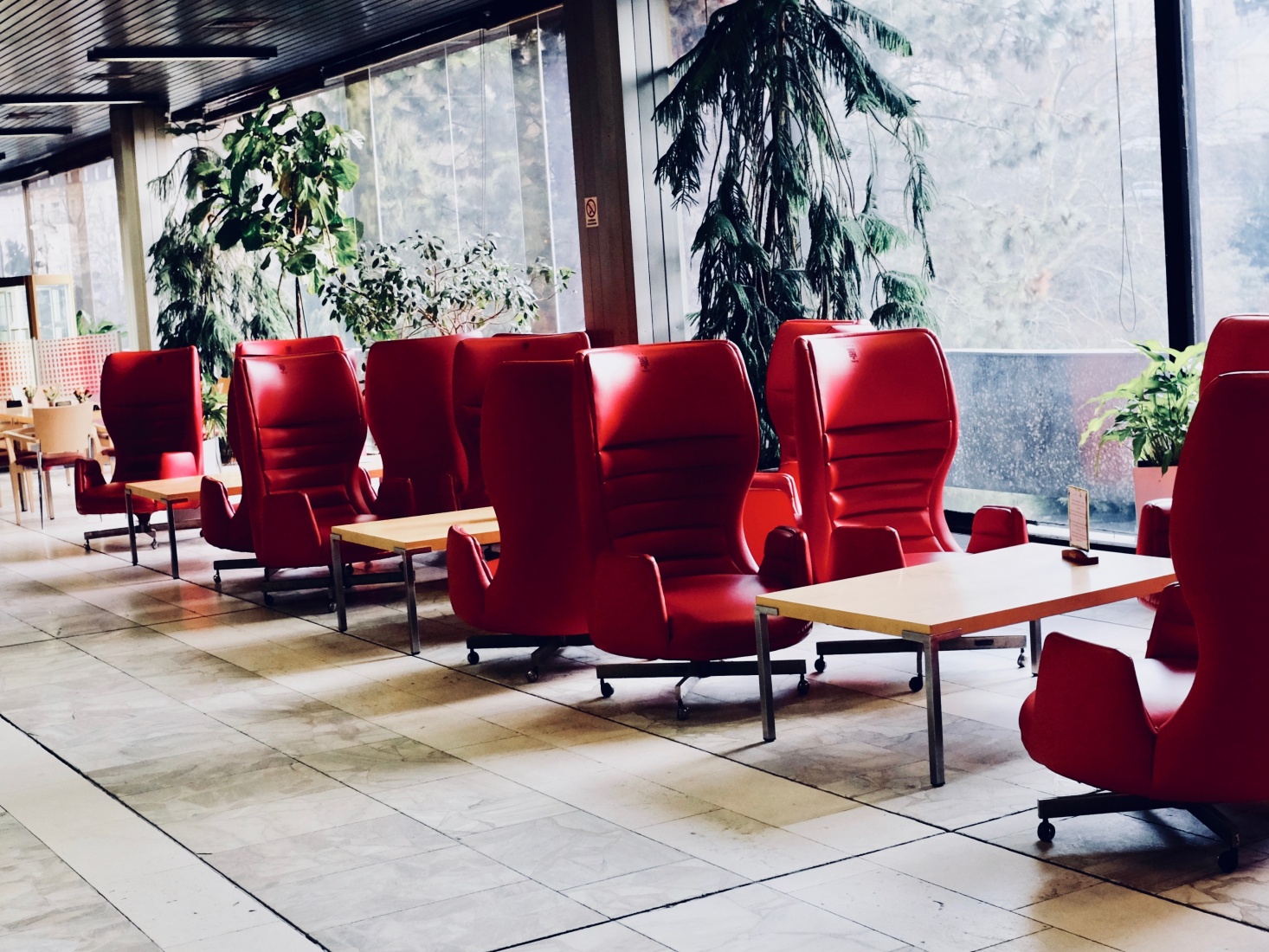
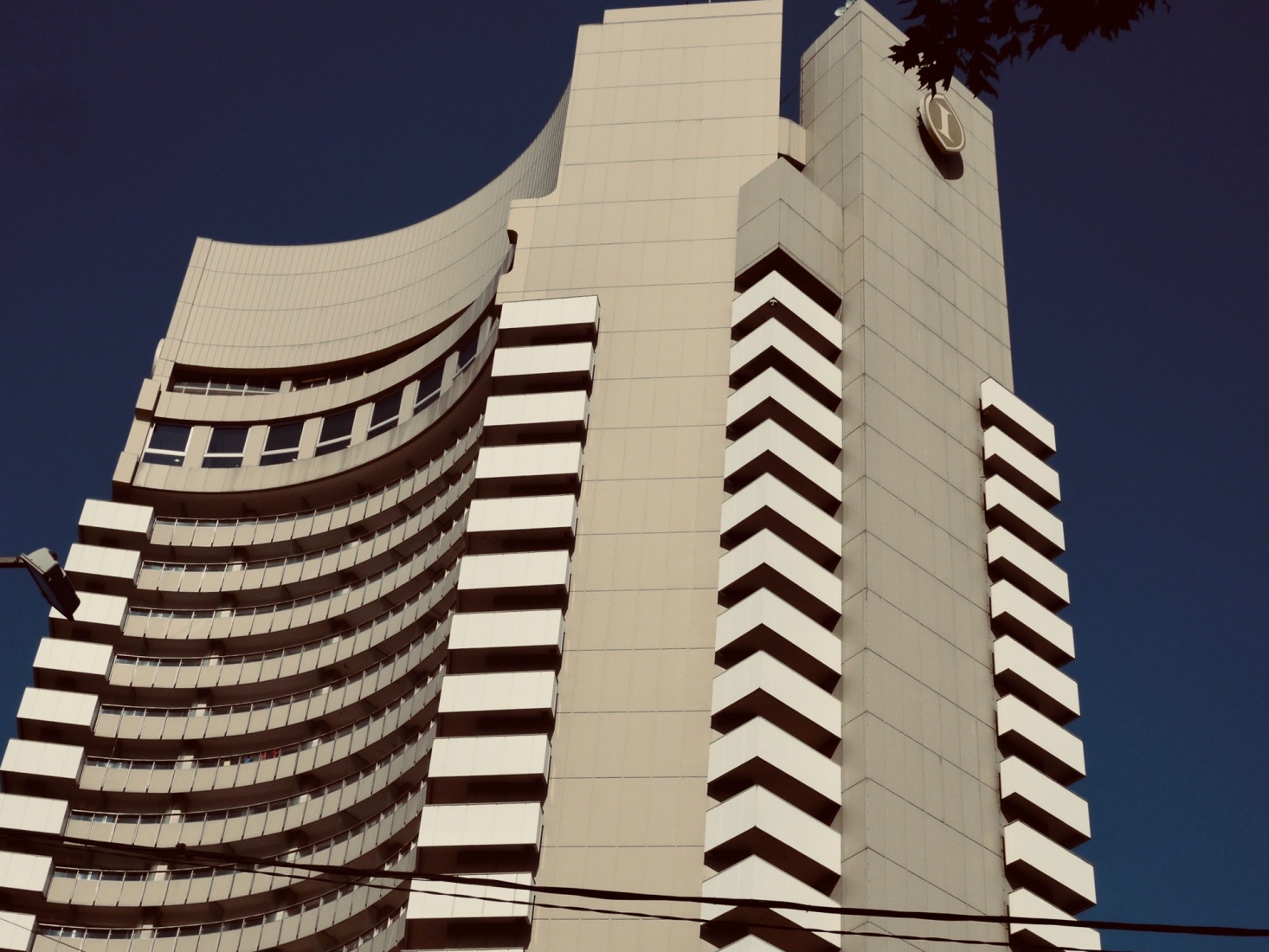
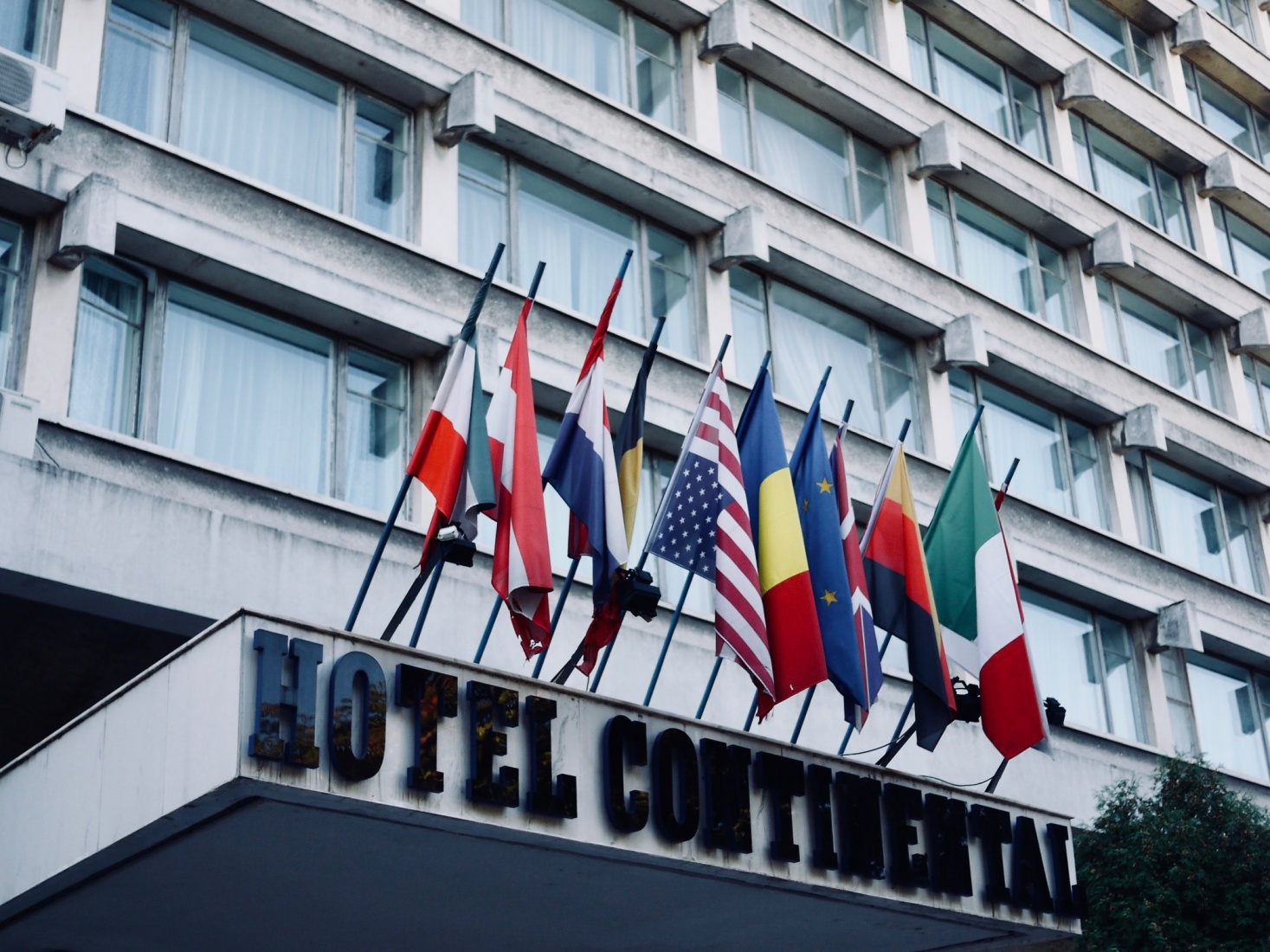
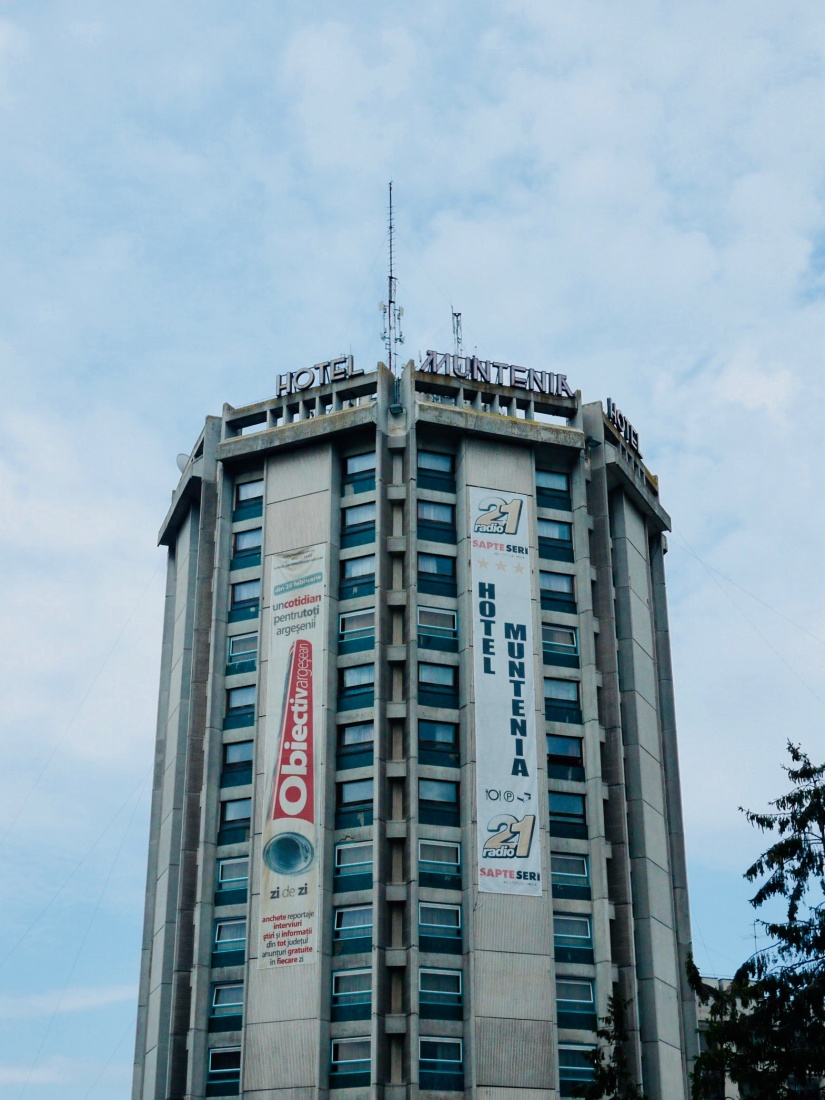
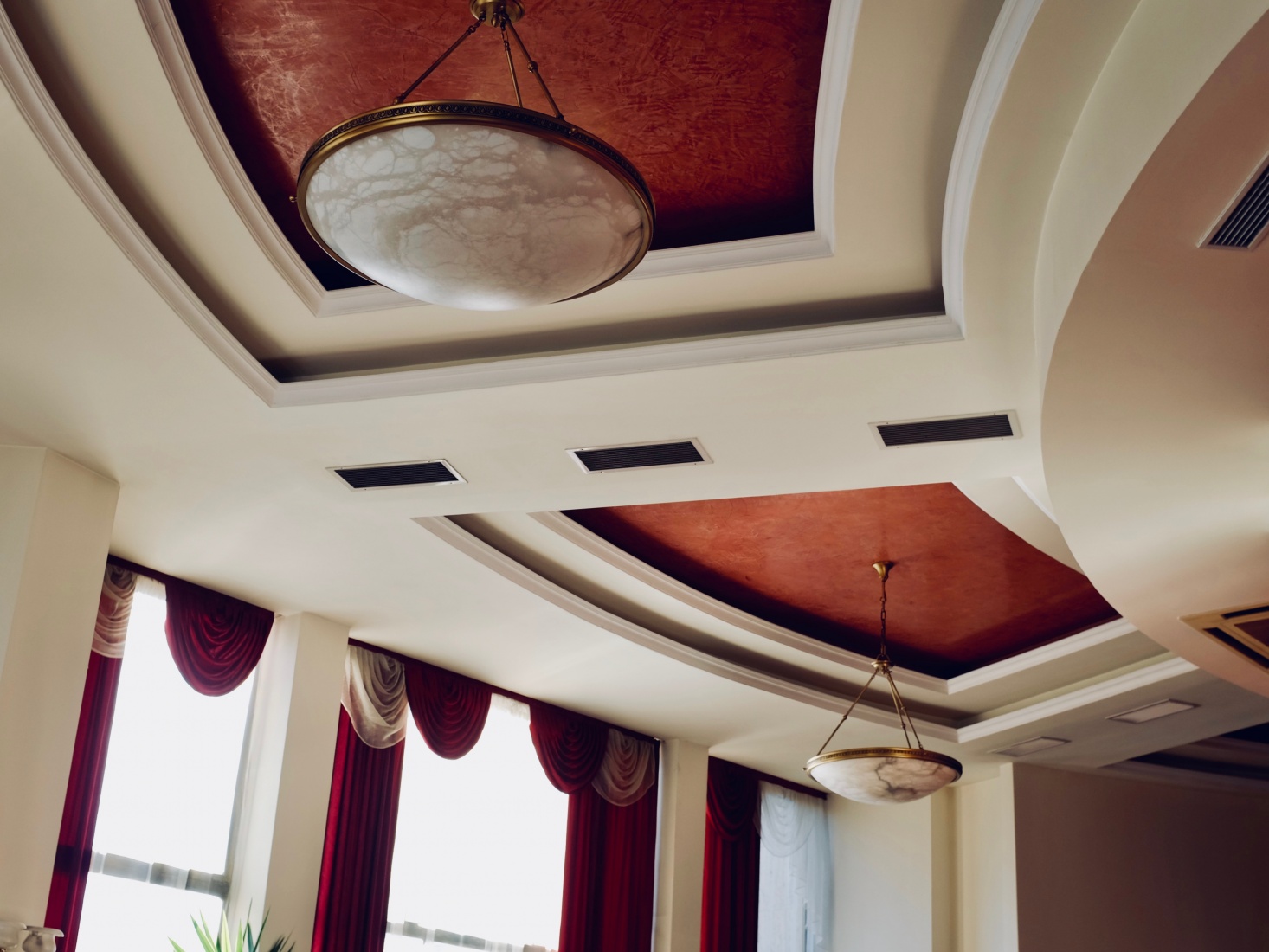
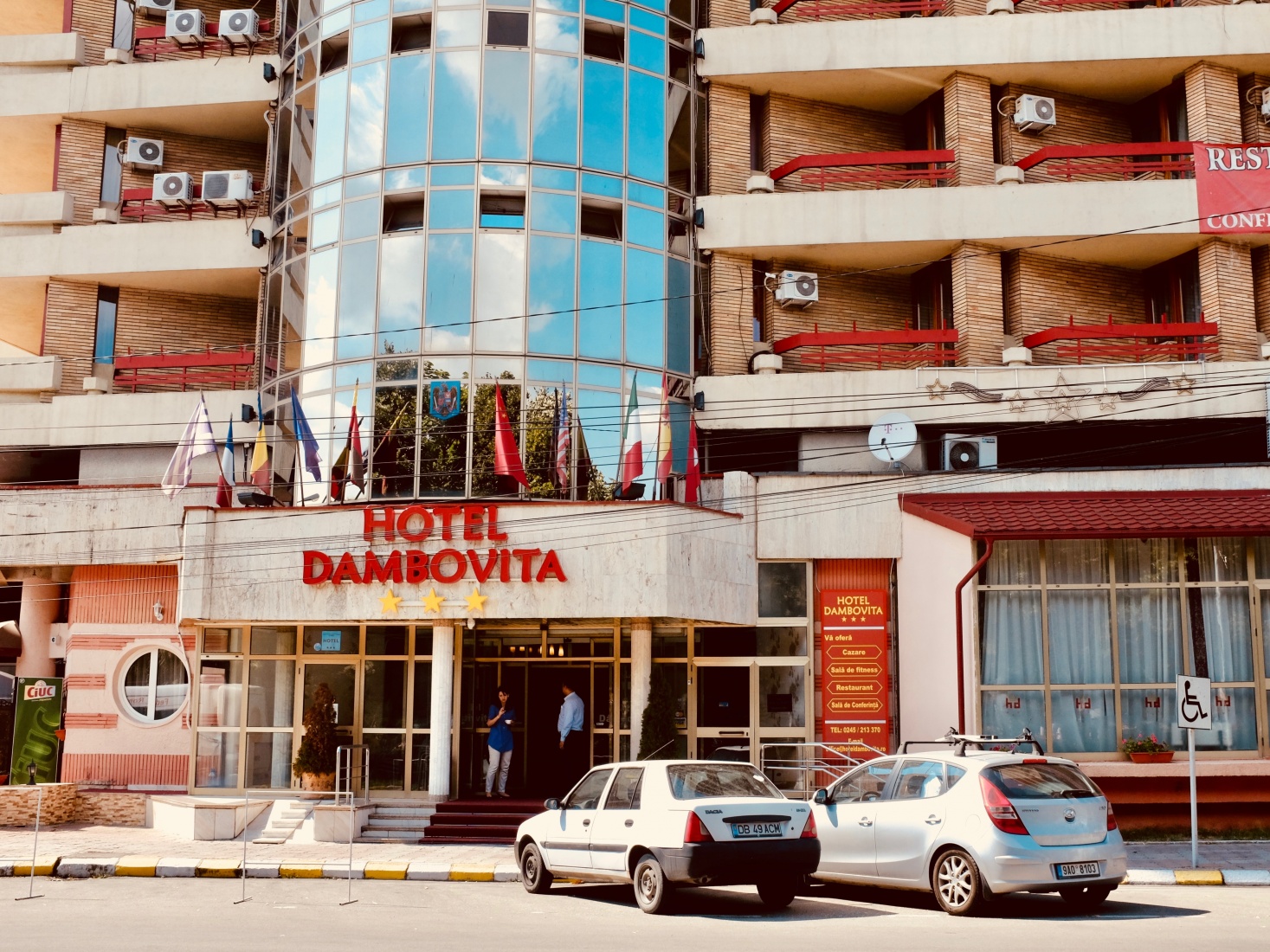
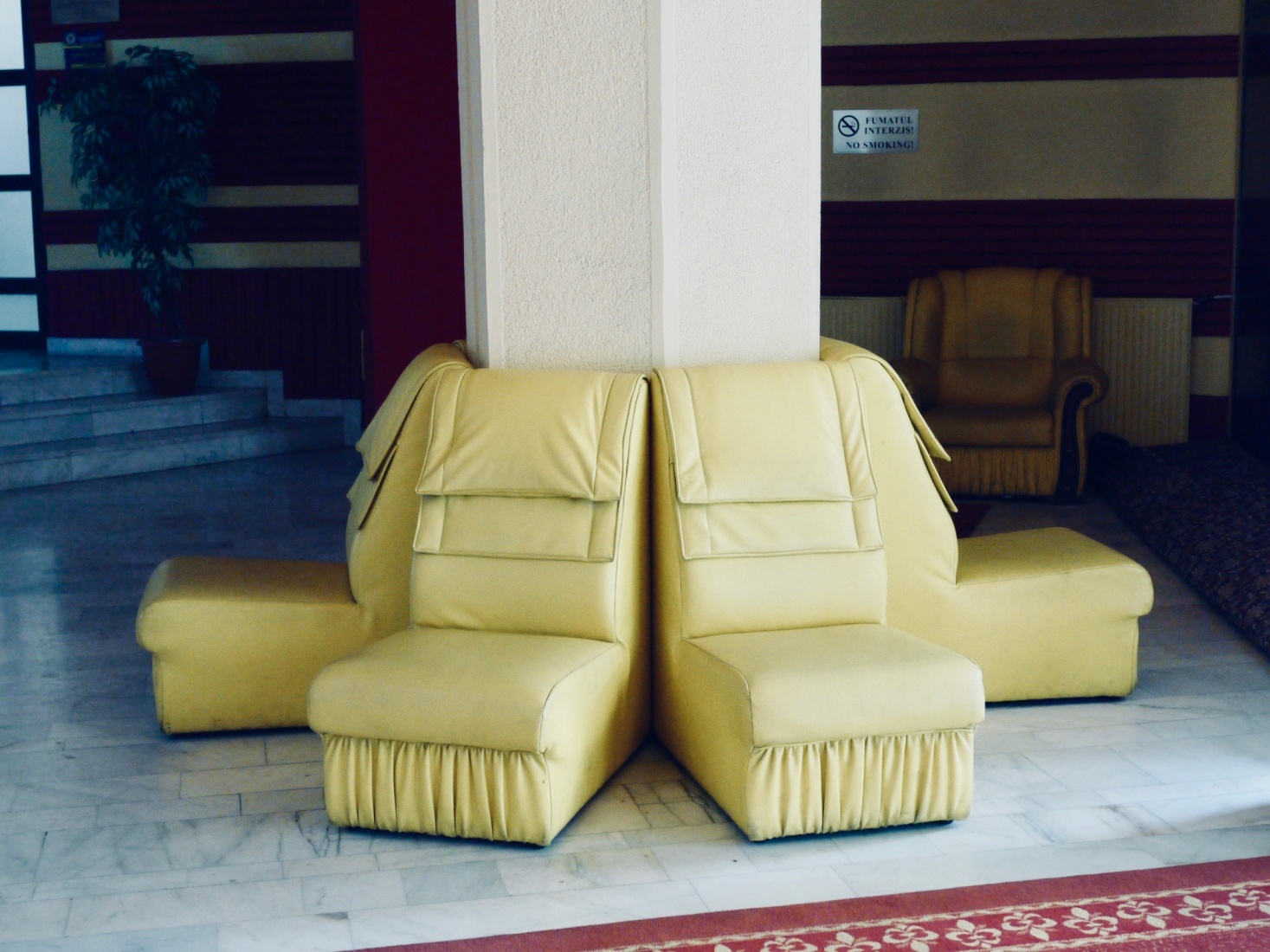
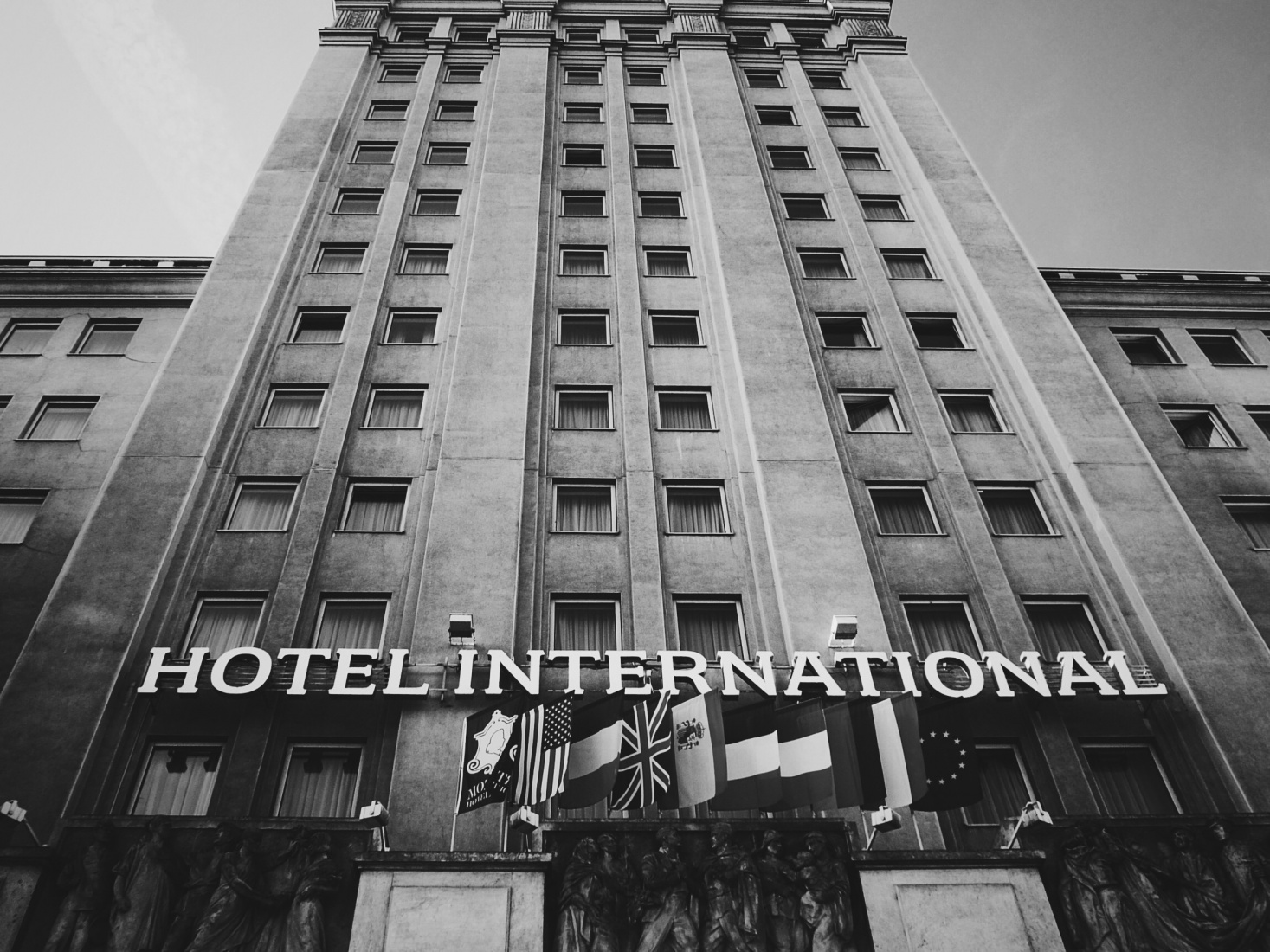
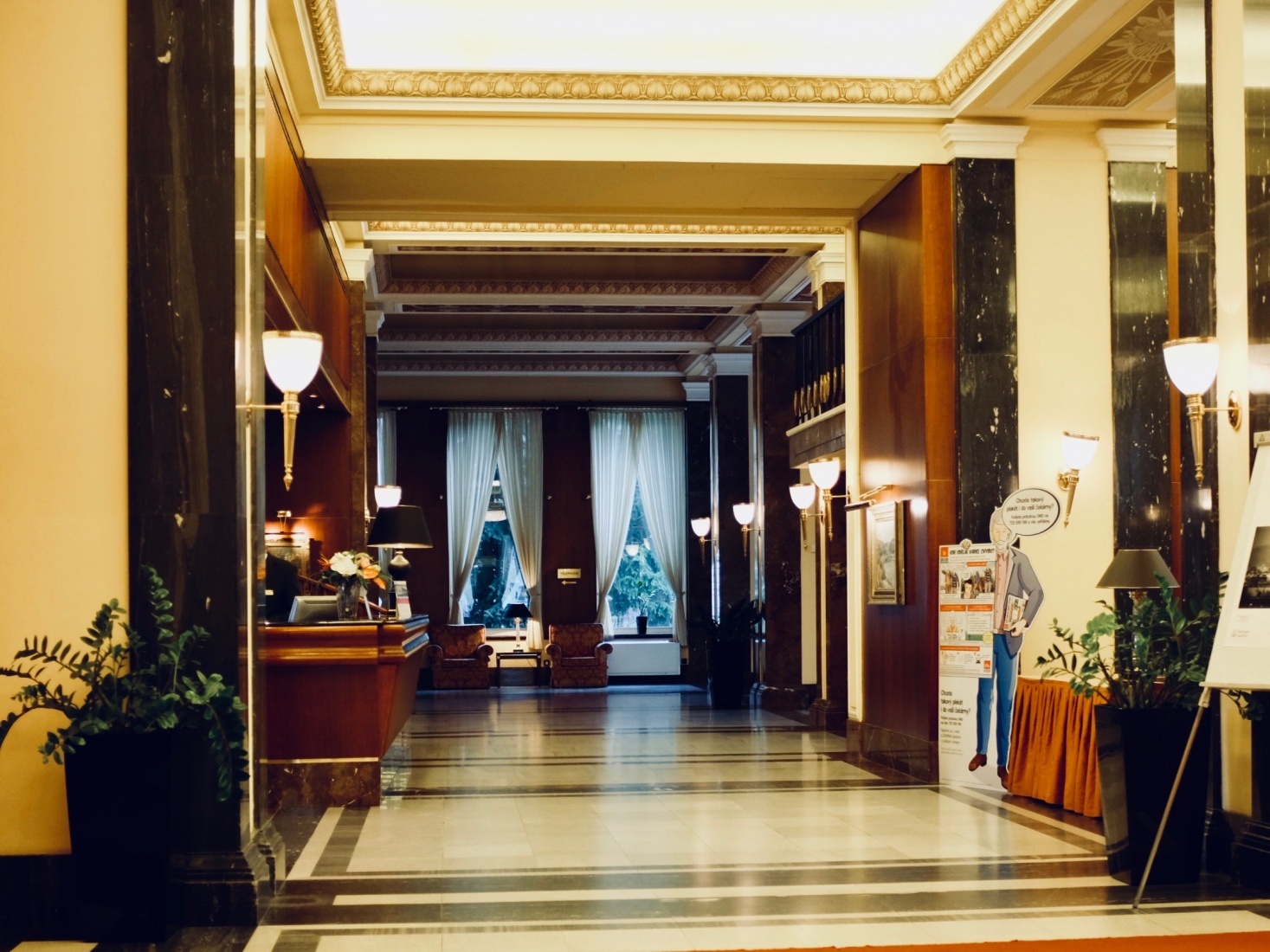
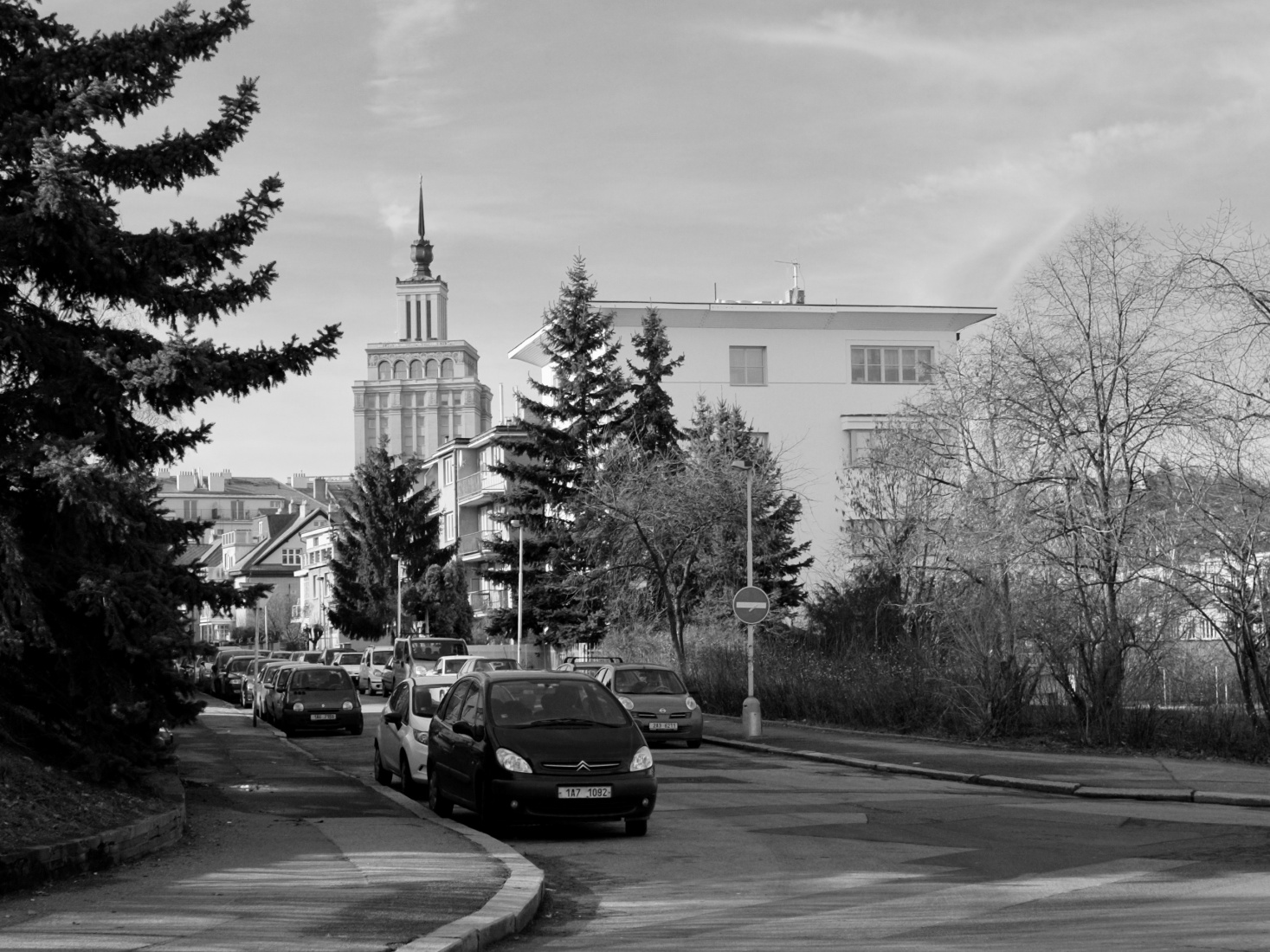
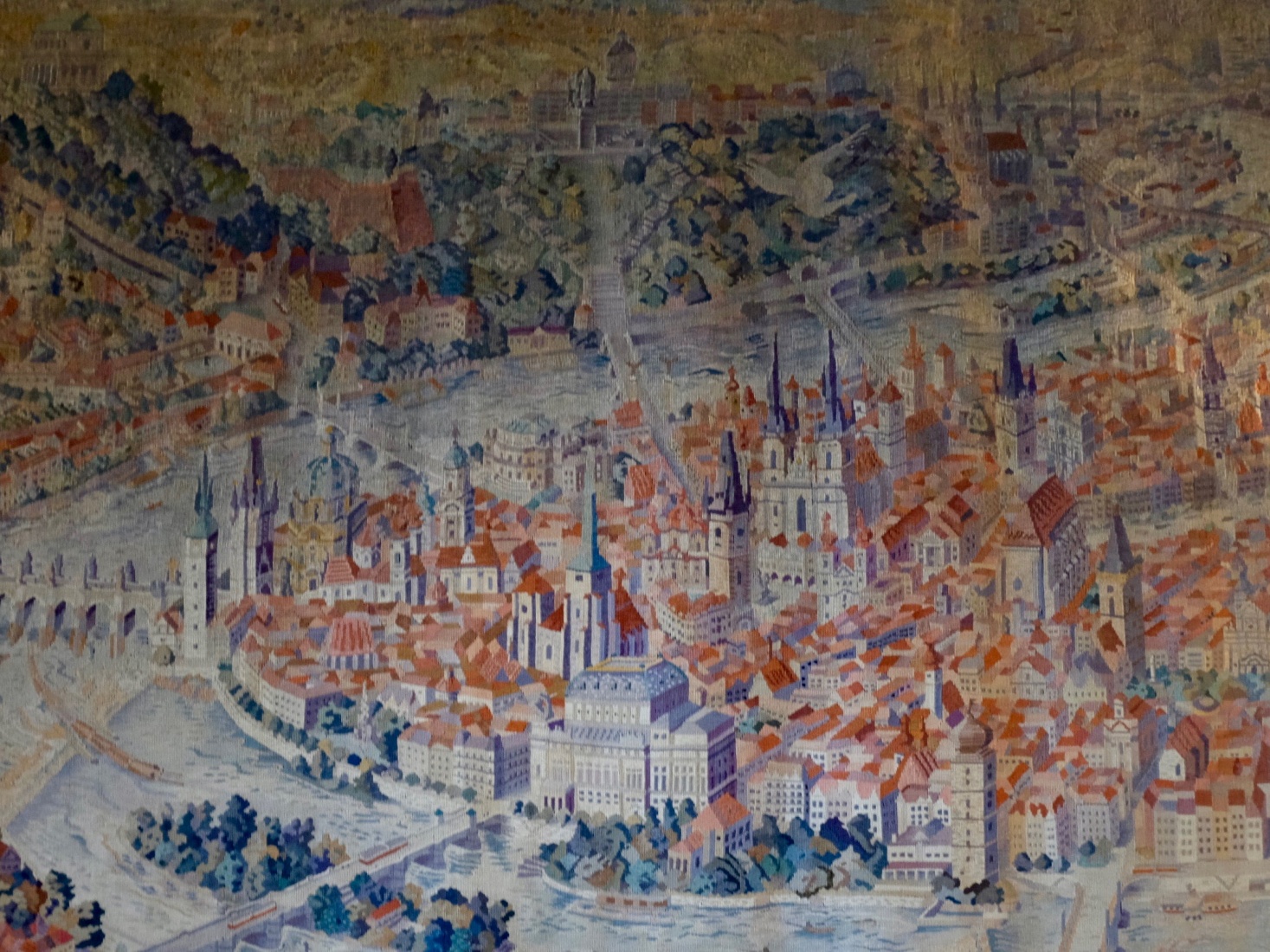
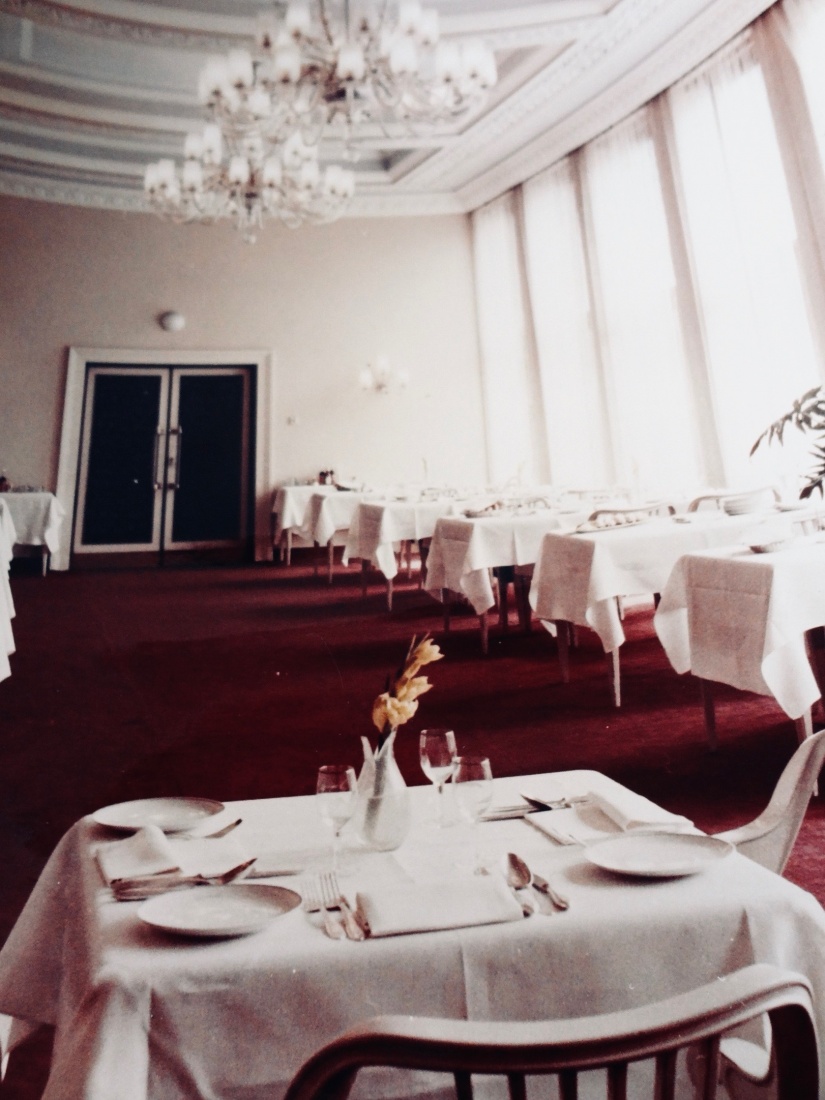
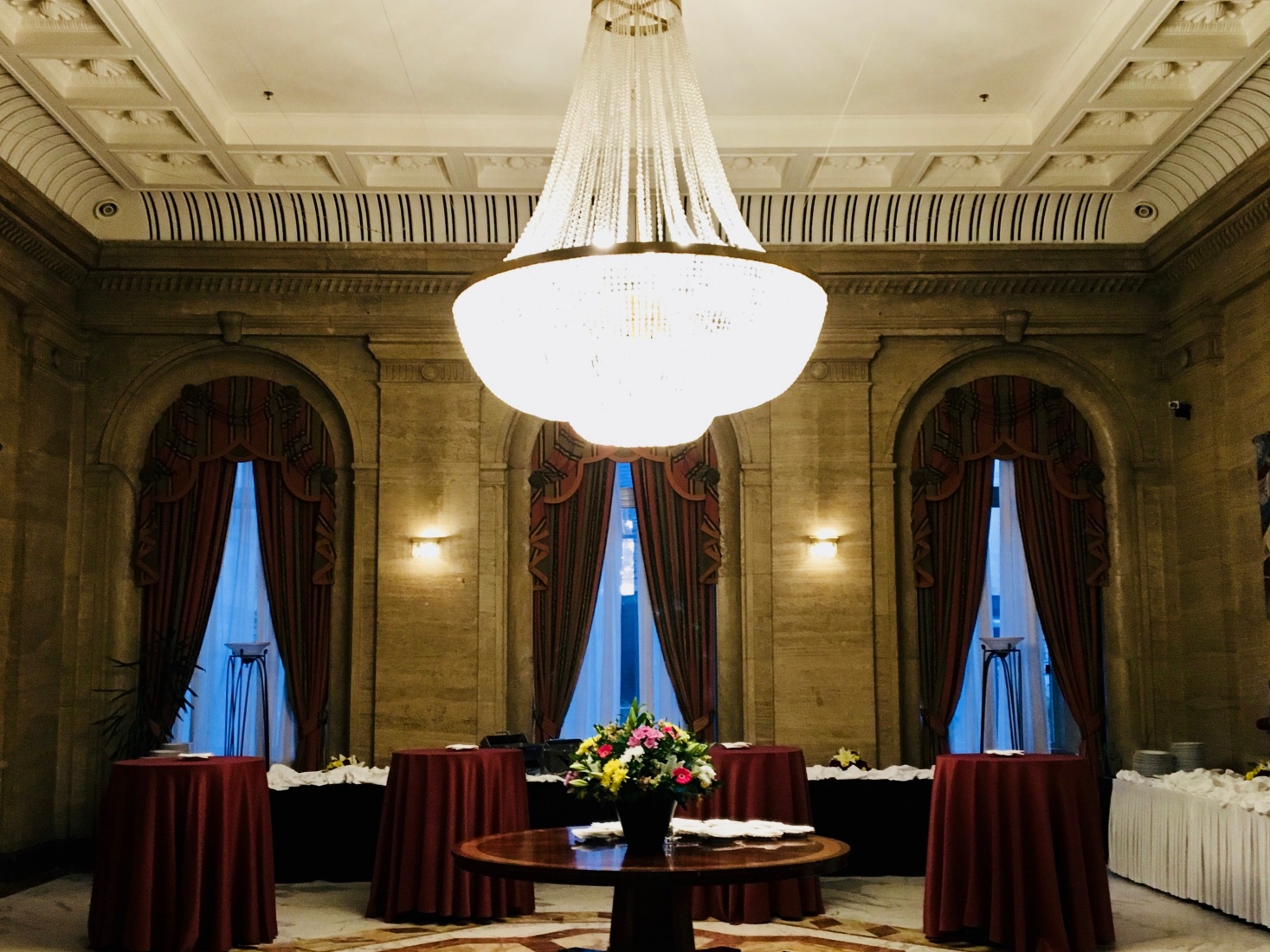
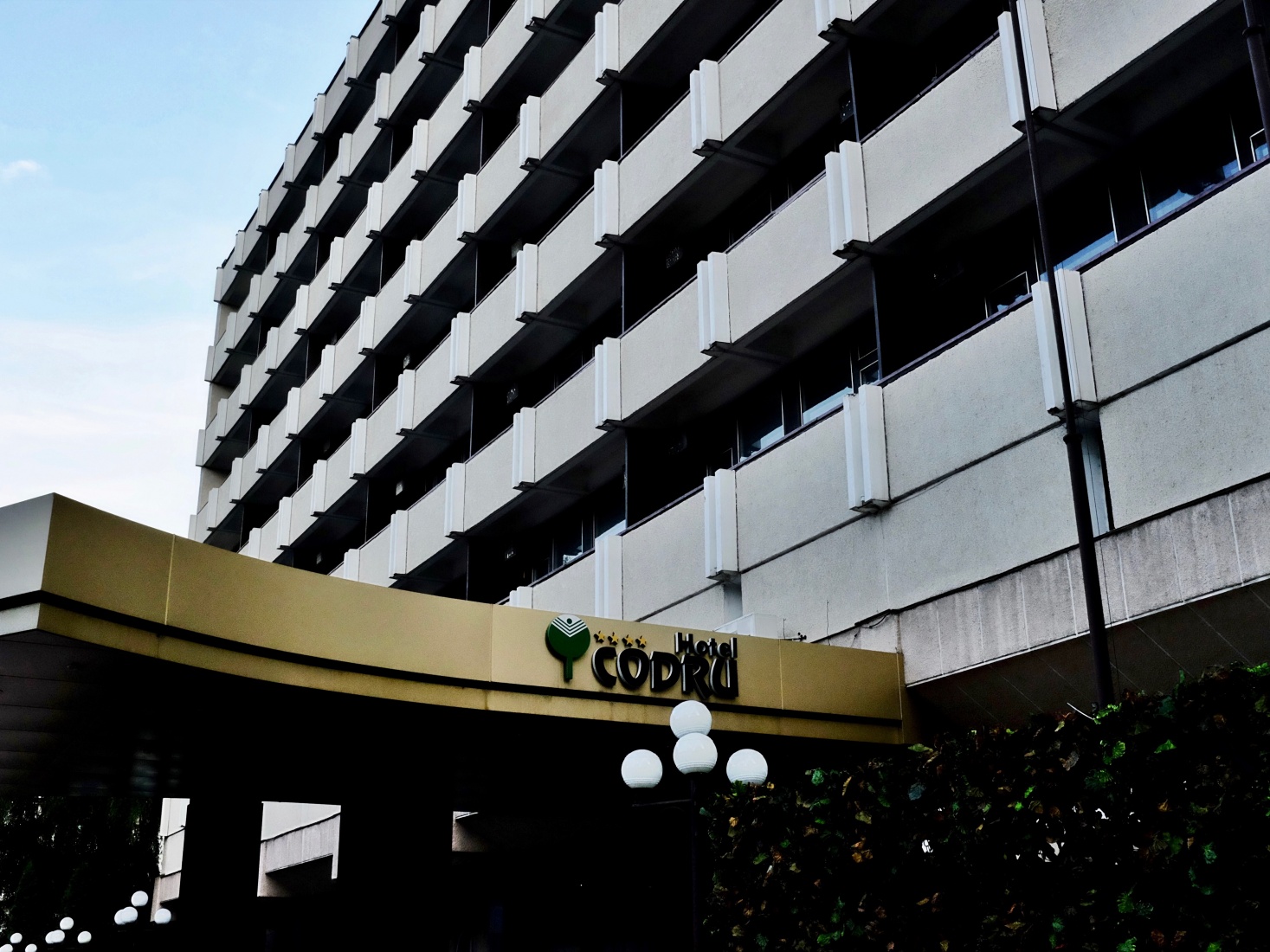
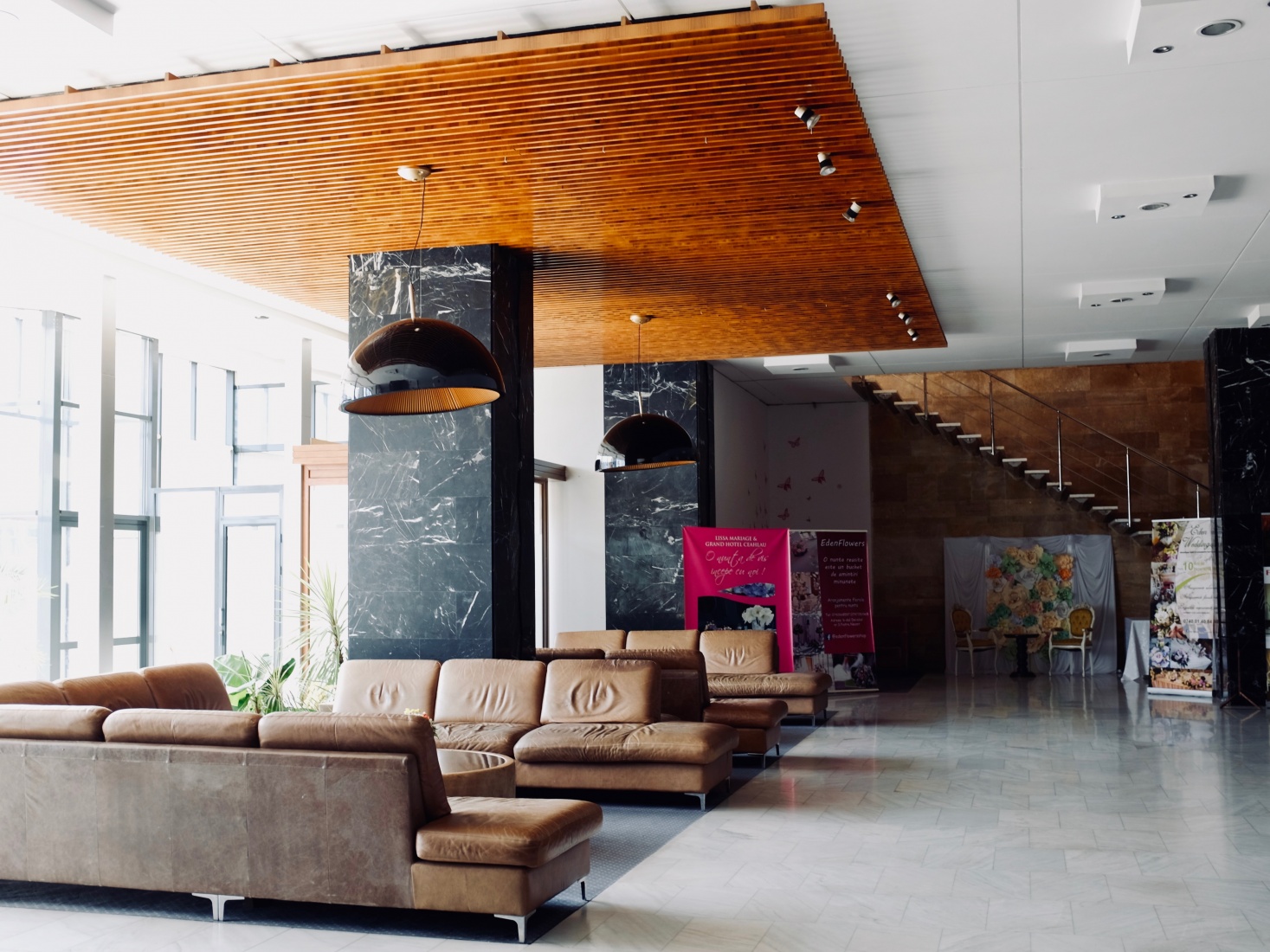
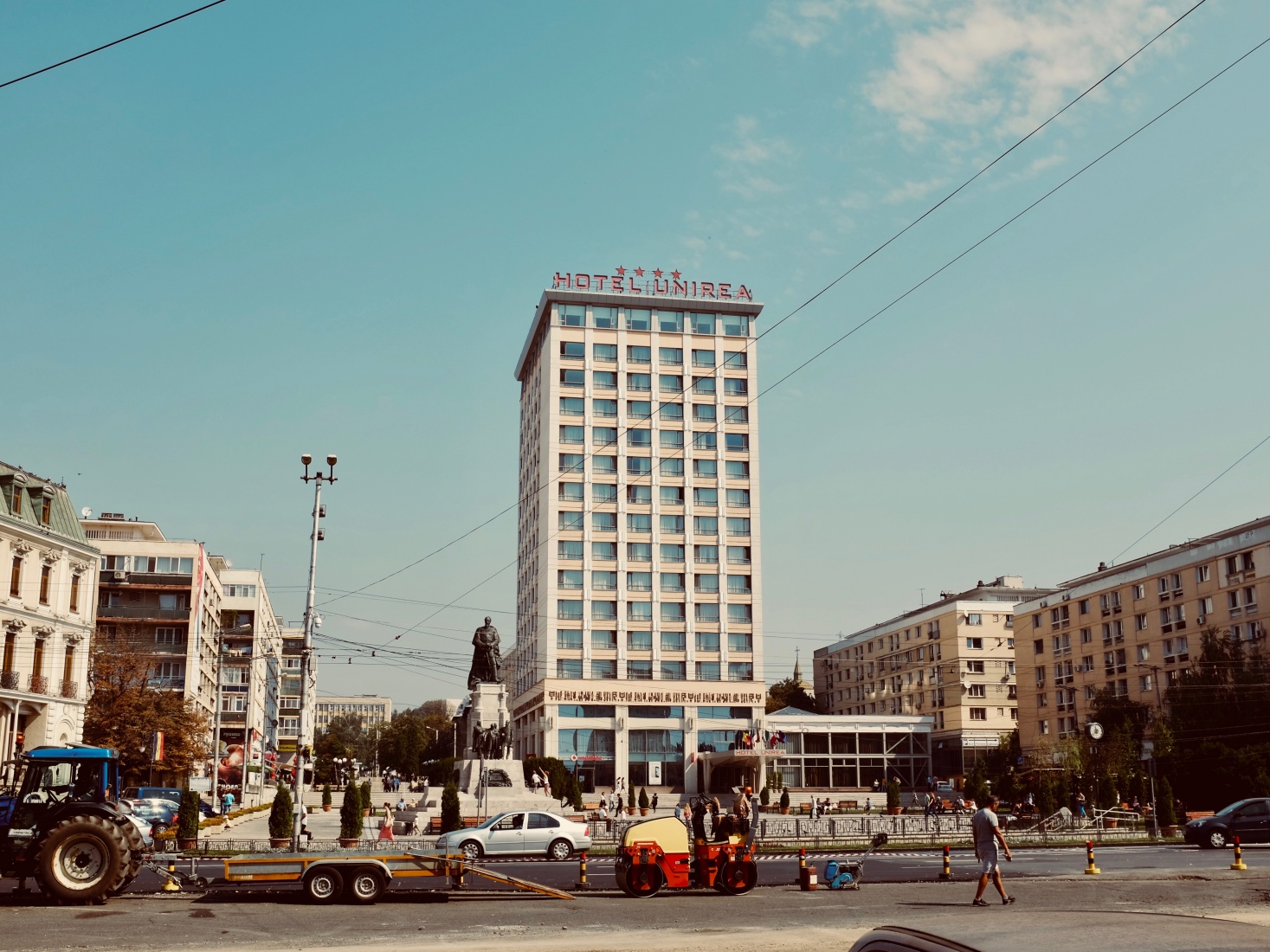
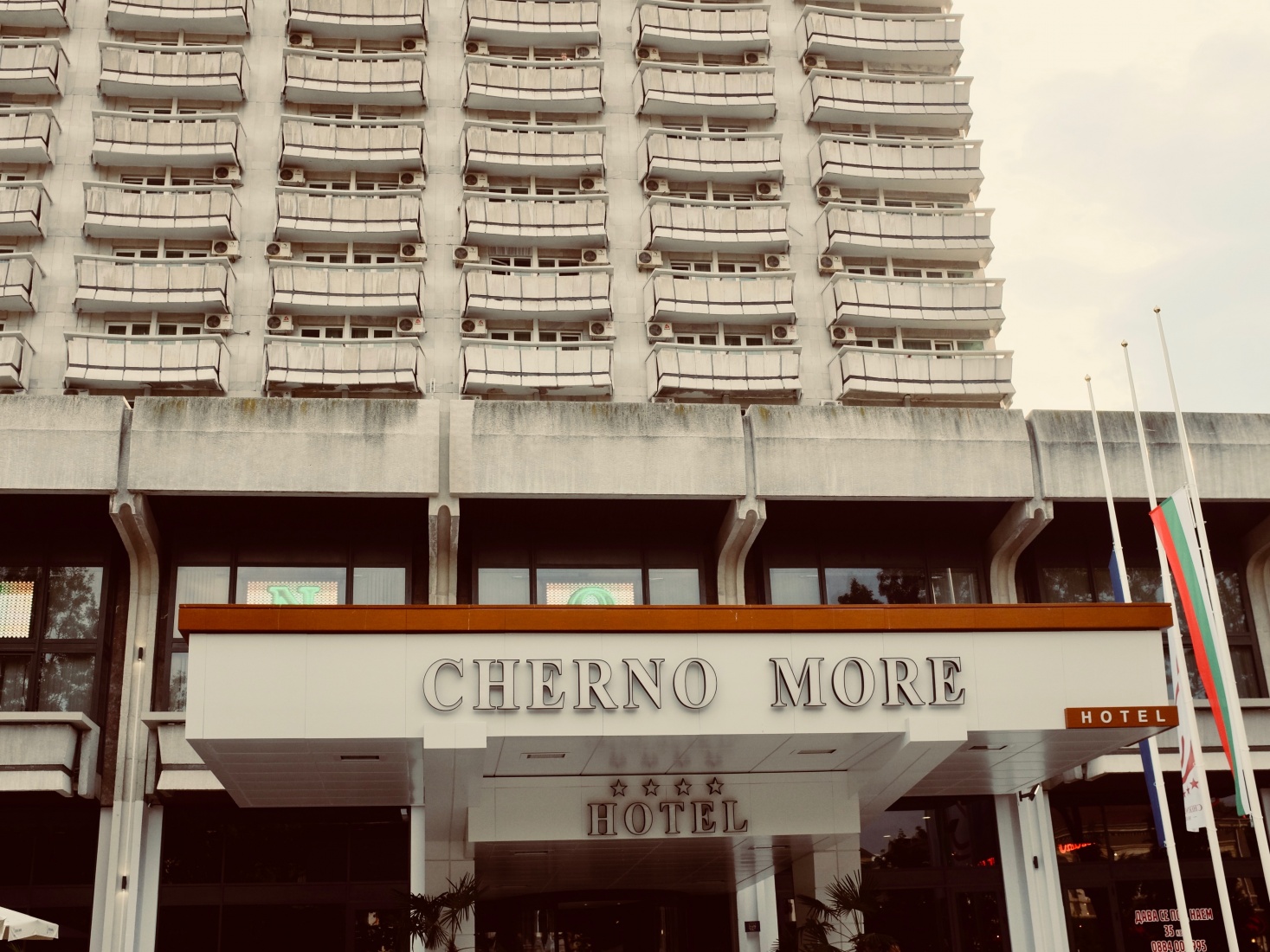
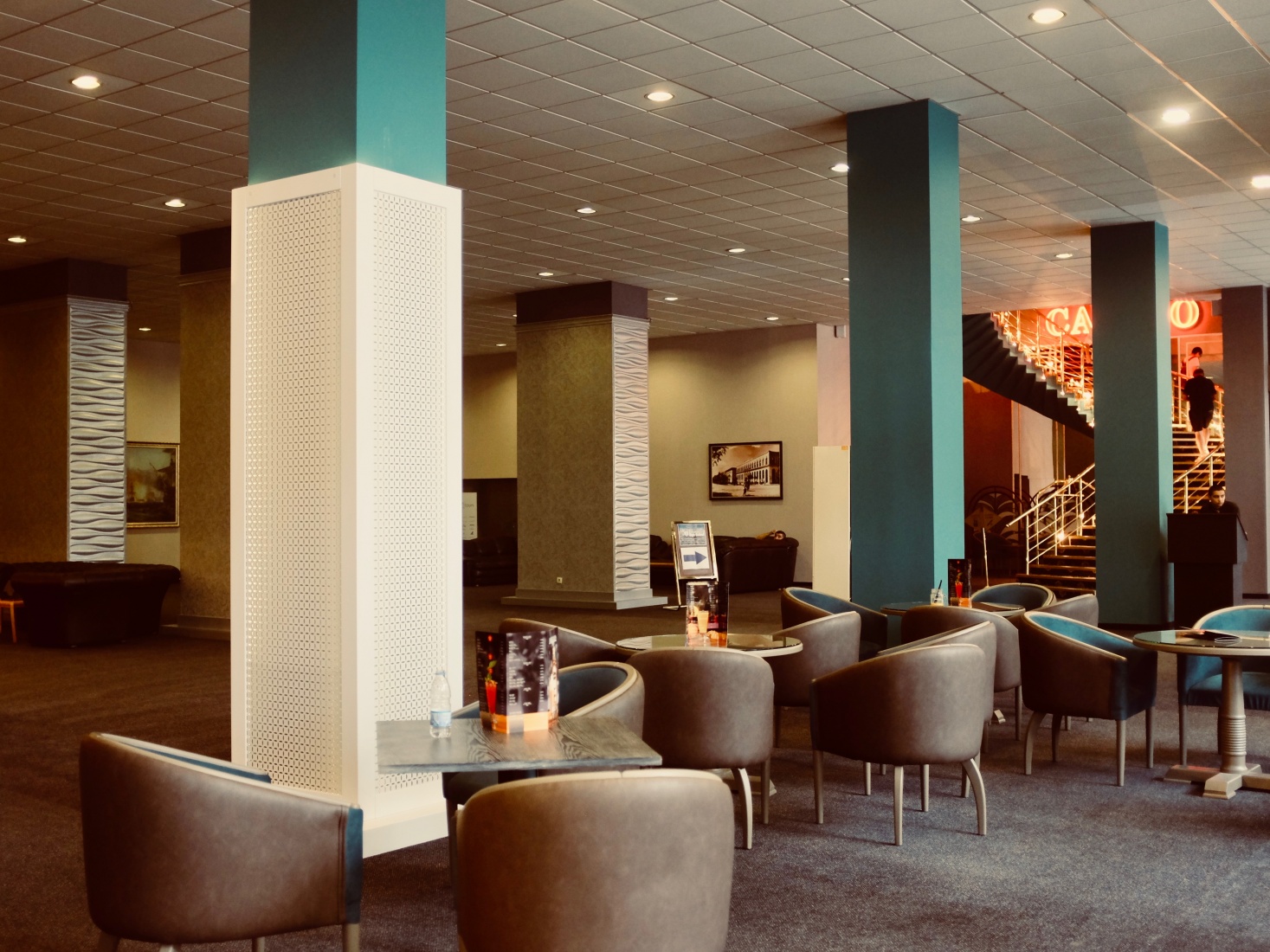
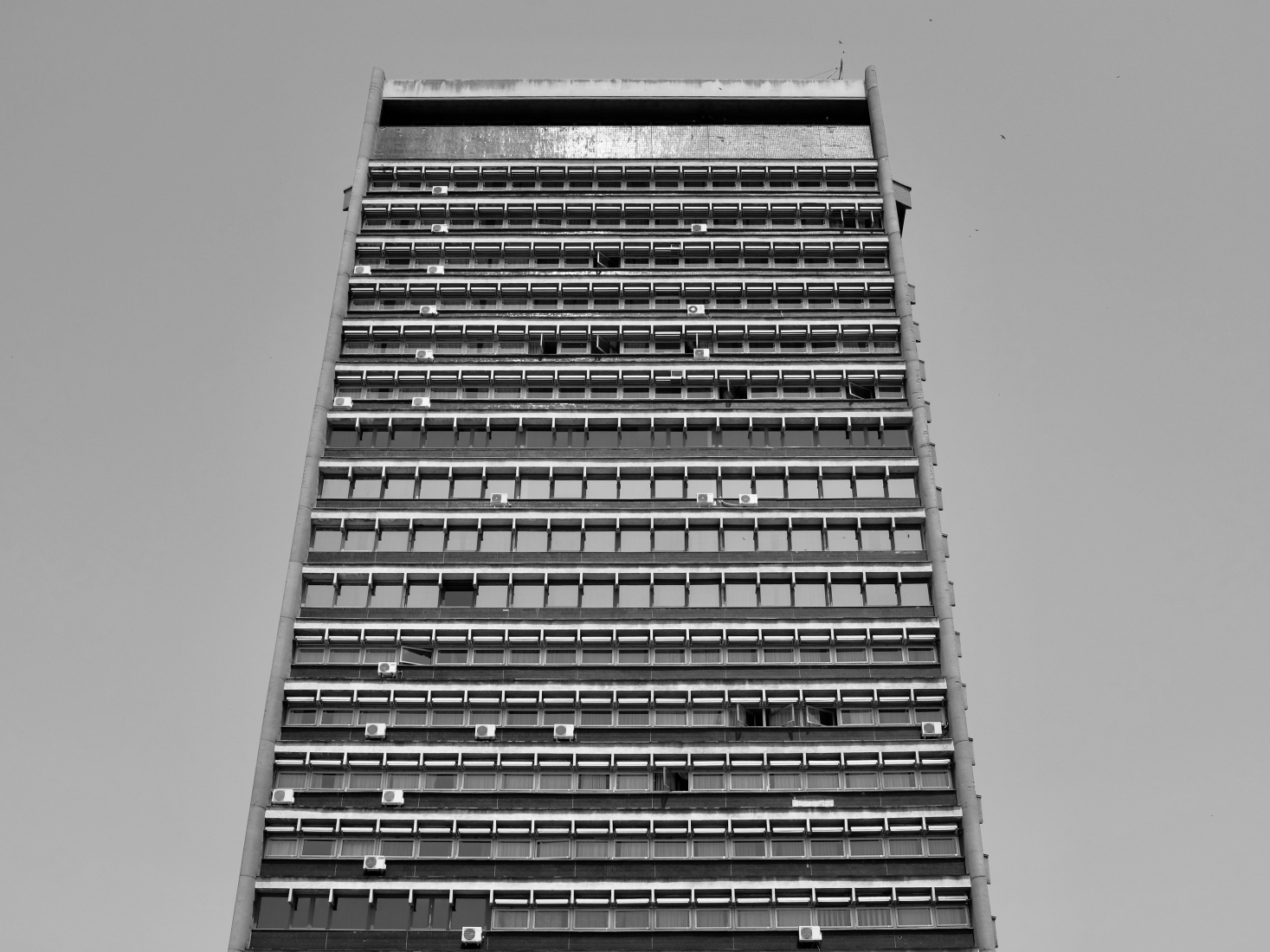
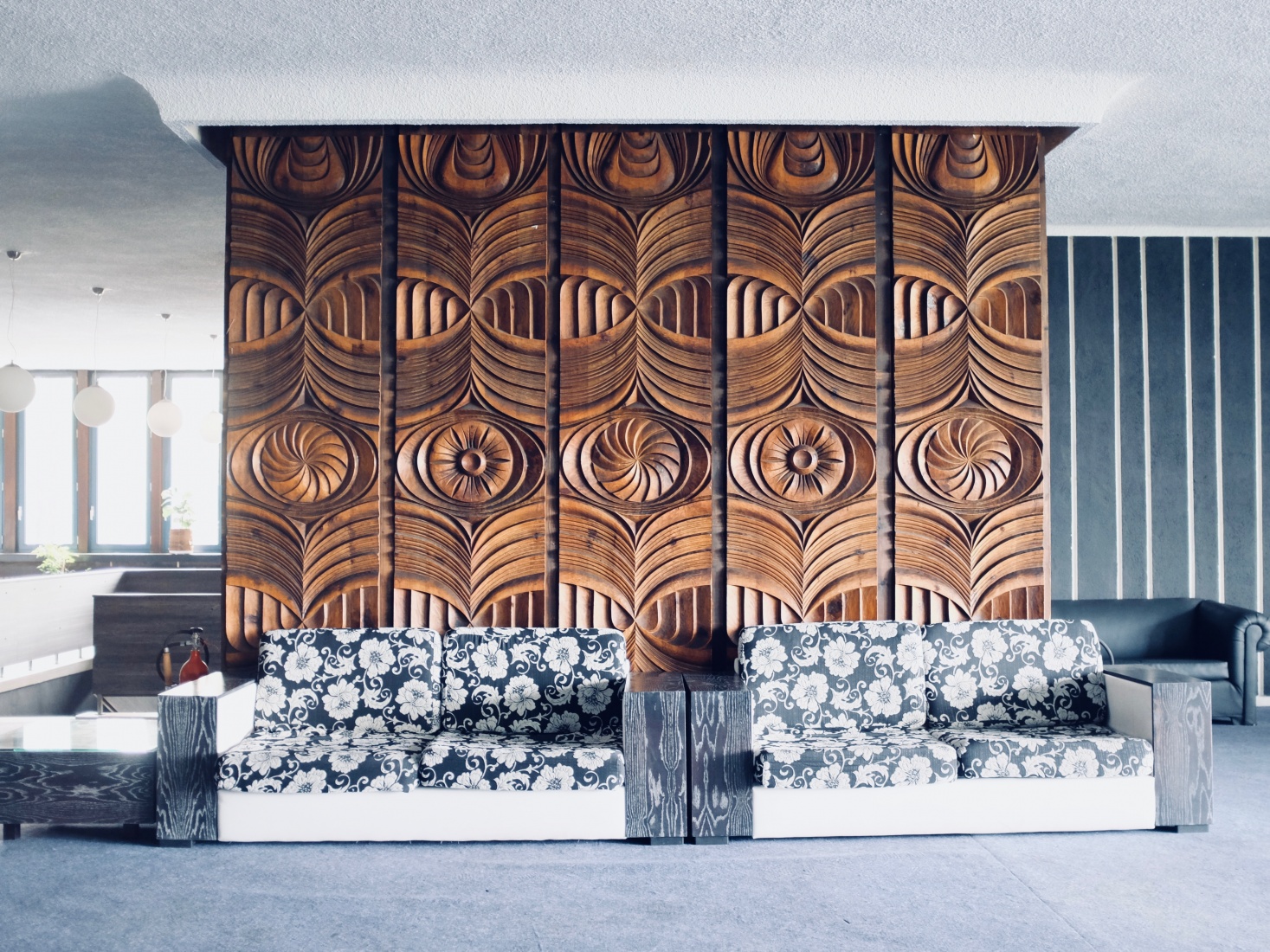
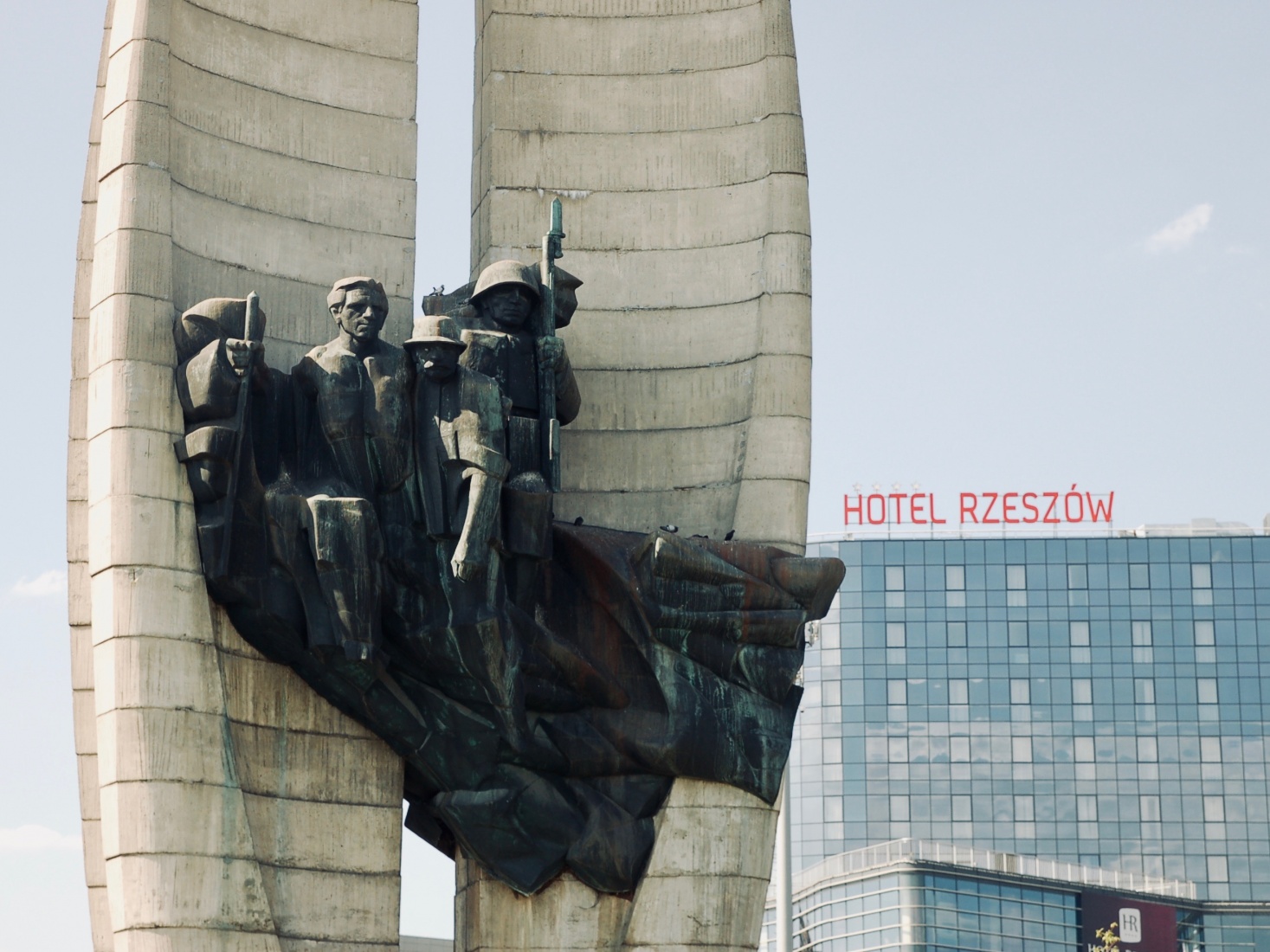
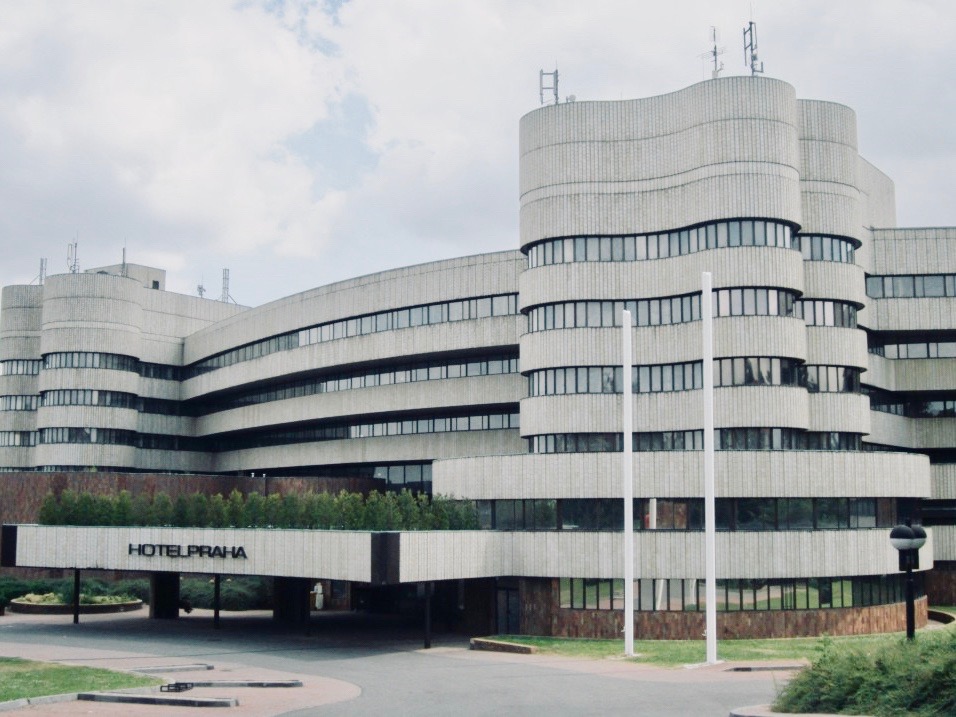
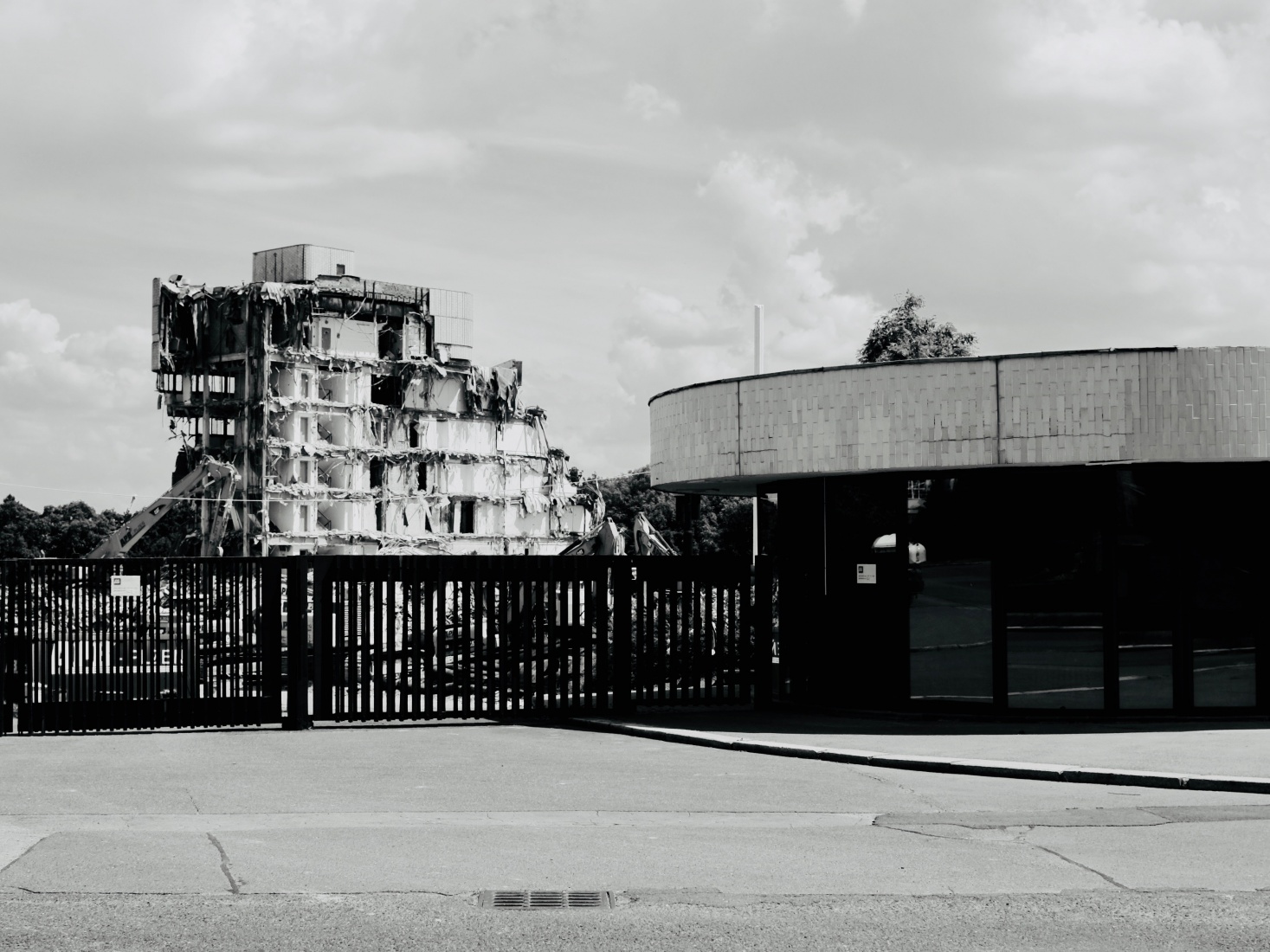

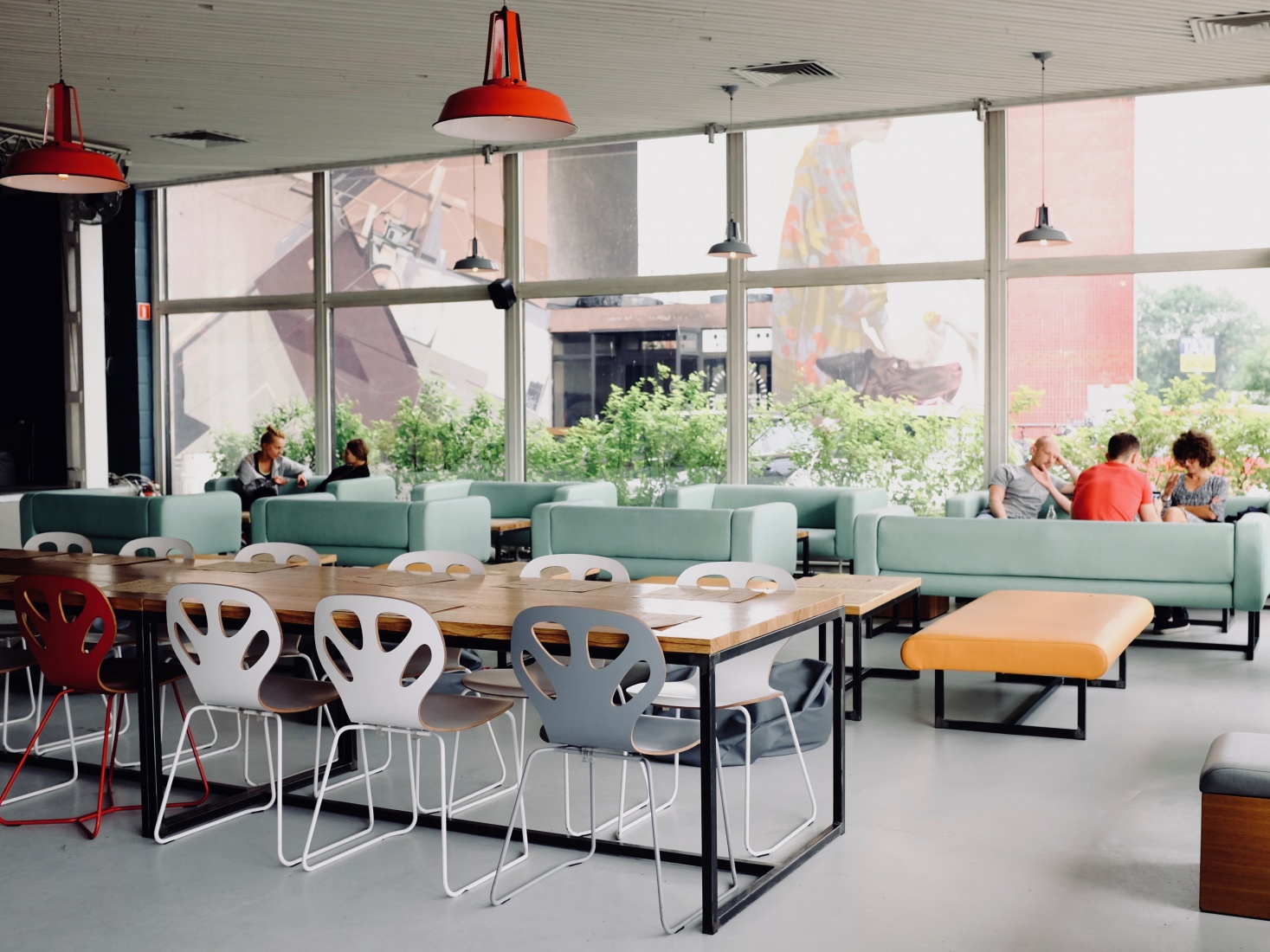
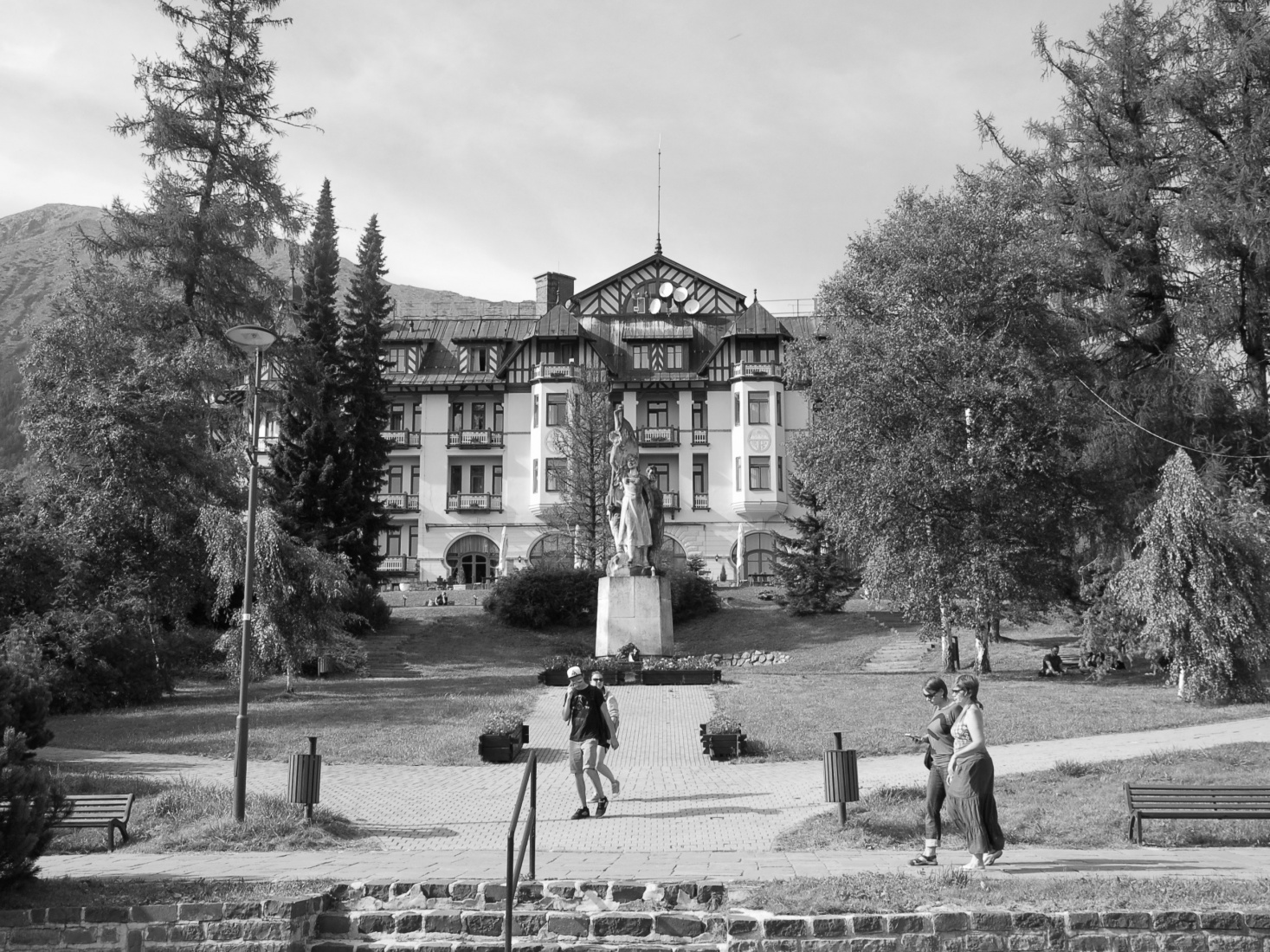
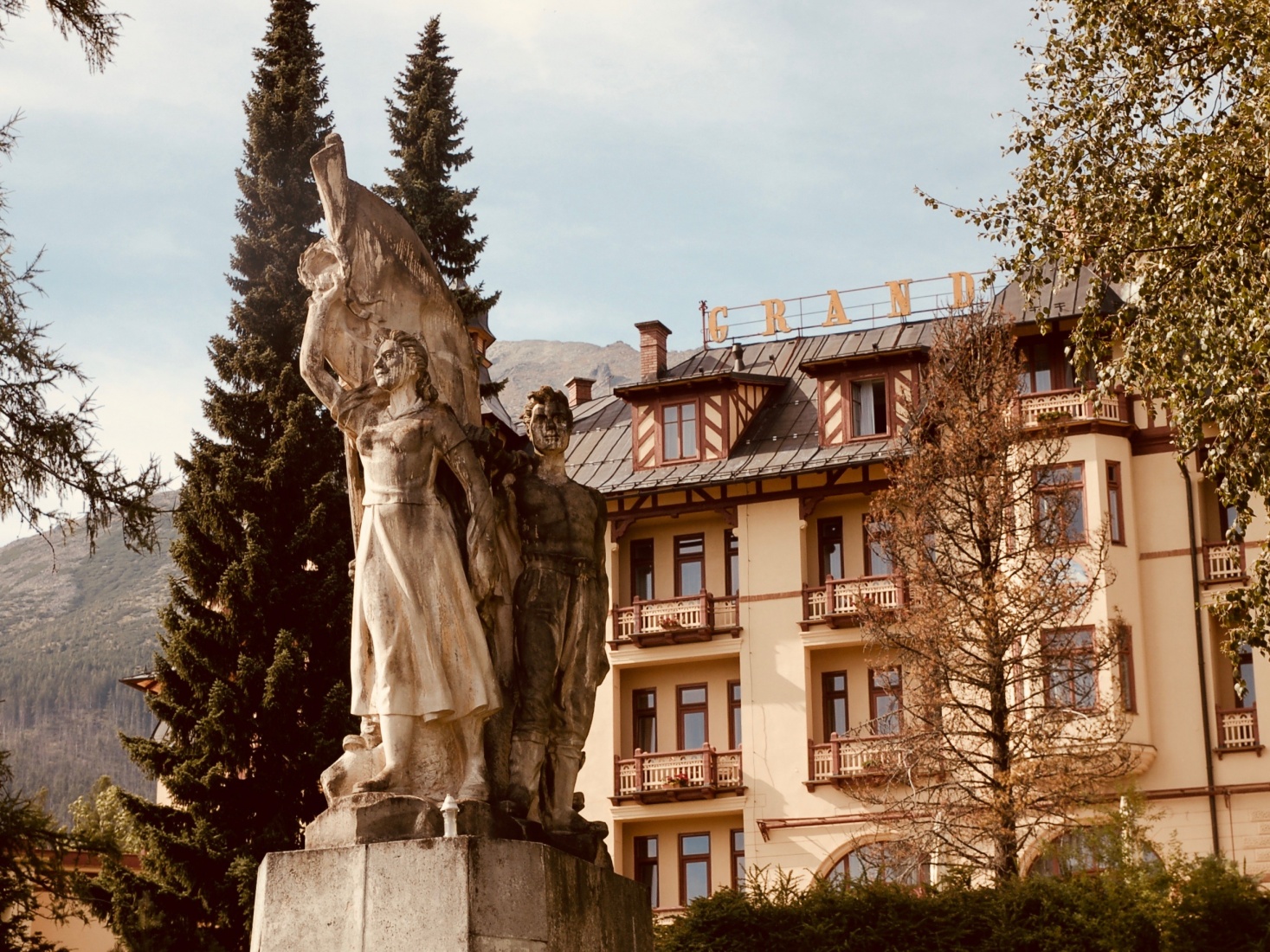

Terrific read and great photos, Mark. I remember several of these hotels throughout central and eastern Europe and their almost magical ability to freeze a moment in time. It’s like you’re already in the faded postcard image of the lobby when you first walk in.
Hi David, thank you for taking a look and leaving a comment!
When I first posted the top photo of the lobby of the Hotel Riga on my Facebook page, I received a message from my old friend Nikola Krastev, a Bulgarian with whom I had worked together at Radio Free Europe in Prague. It seems that Nik had a special, personal connection to the lobby, and wrote me this fascinating note to explain:
“Hey, Mark, thank you for posting this. The wood carved panels in the middle are creations of my stepfather in the early 1970’s. I believe his name, Miri Nanev, and the year are carved in the lower right corner.
The wood panels in the Hotel Riga are stylized variations of traditional Bulgarian painting motives – the flowers, the curves etc. During socialism, it was very important for any practitioner of creative crafts to incorporate traditional elements into their work in order to get commissions. My stepfather was pretty good at sensing what the approval committee would like. The proposals had to go through a government approval commission, which sometimes required adjustments or extra work to be done; cases of outright rejection were rare. Then once the approval has been secured and funding provided, he would receive 20 percent of the total fee, another 30 percent when he actually began the project at the site (I was there too and may even have some photos, believe it was 1972-73), and the final 50 percent of the fee upon completion of the work and acceptance by the government commission. At the time we were doing pretty well, financially speaking, with the revenue from his work. He has many other works in hotels across Bulgaria.”
Cheers, Nik.
Thank you for this blog post.
David Nykl put it nicely – those places are like time capsules.
If you happen to pass through Novi Pazar in southern Serbia you should stay in Hotel Vrbak. Highly recommended. I was almost sure the hotel would feature here when I started reading.
This blog post was picked up the good people at Radio Free Europe/Radio Liberty: https://www.rferl.org/a/communist-era-hotels-central-eastern-europe-weird-wacky-architecture/29065179.html and that generated lots of clicks and downloads (for which I’m grateful). I also got lots of nice notes through email and social media, all of which has convinced me to try to put together a second volume of these photos.
One of the nicest notes came from Ed Serotta at http://www.centropa.org in Vienna. He wrote: “I cannot imagine how we have never met and I just discovered you and your piece on Communist-era hotels. Since I have been in this region since 1988 (Budapest, Berlin, Vienna) and continually travel the area, I loved the piece. Like your website very much, too. You can find my institute at http://www.centropa.org and I am preparing my own website (mostly of my photography) now. Hope to have it ready soon. I don’t often get to Prague but next time I do, I hope you’ll have time for a coffee. Or a beer. Should you find yourself in Vienna, I’ll buy the strudel.”
Looks like at least I’m going to get some free strudel from all of this! 🙂